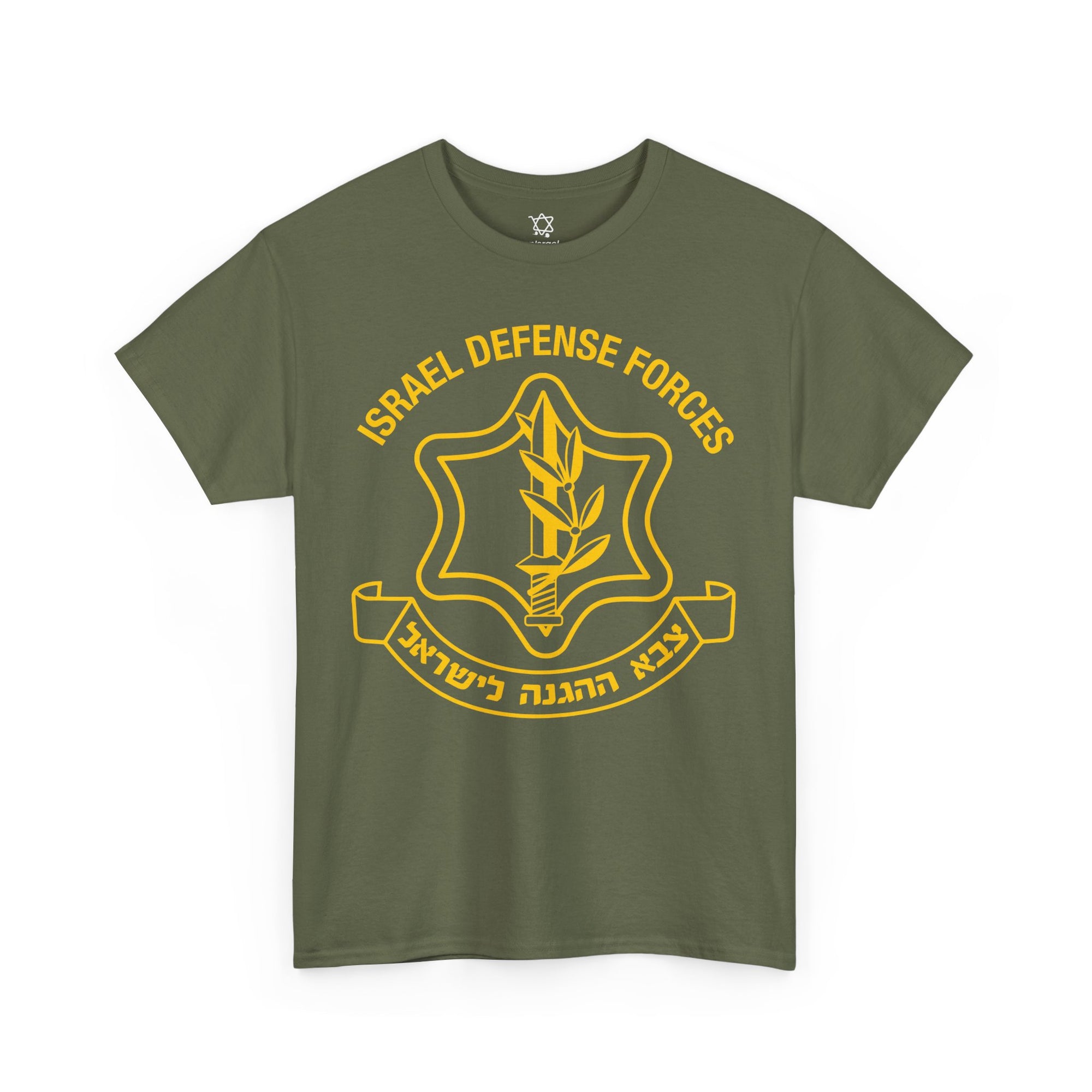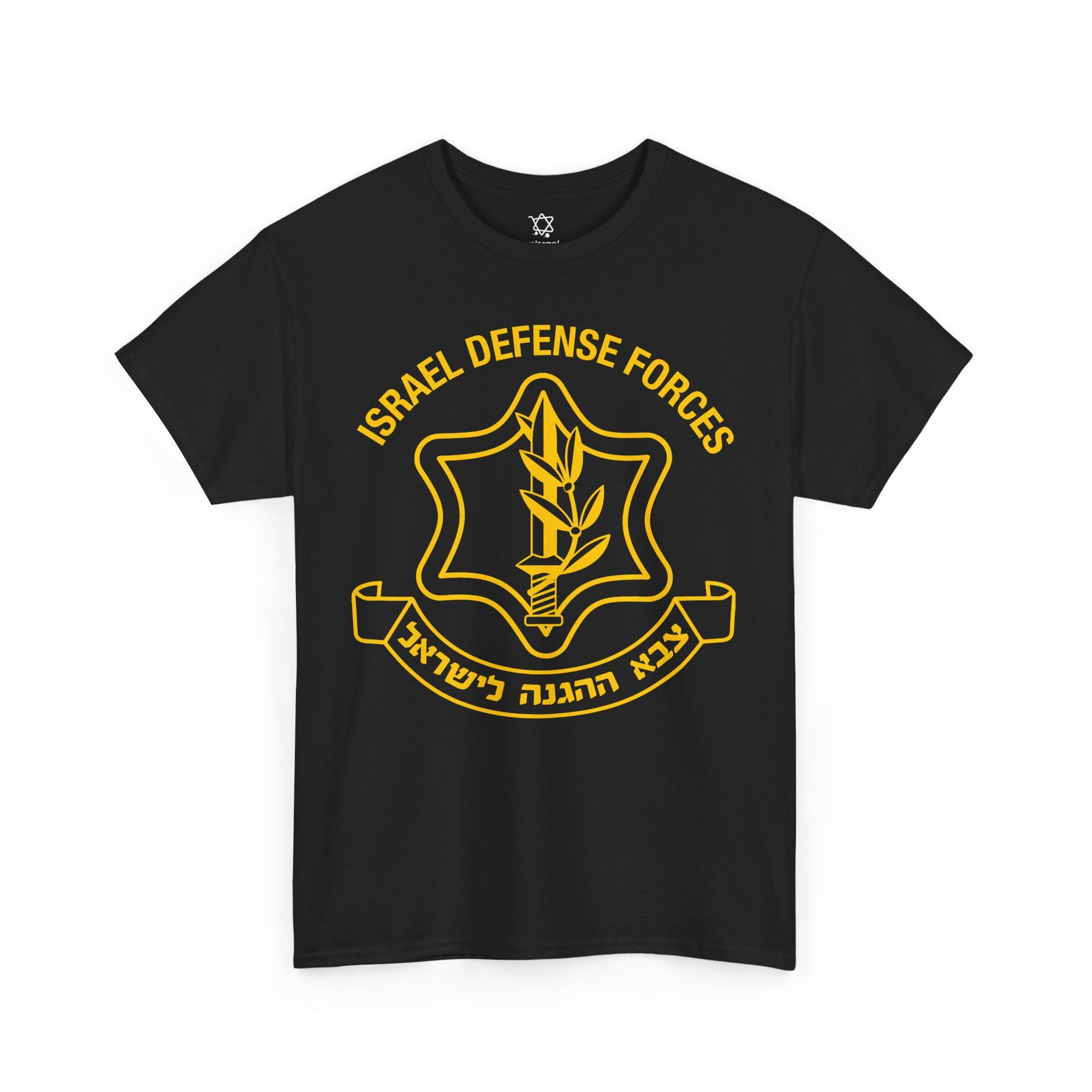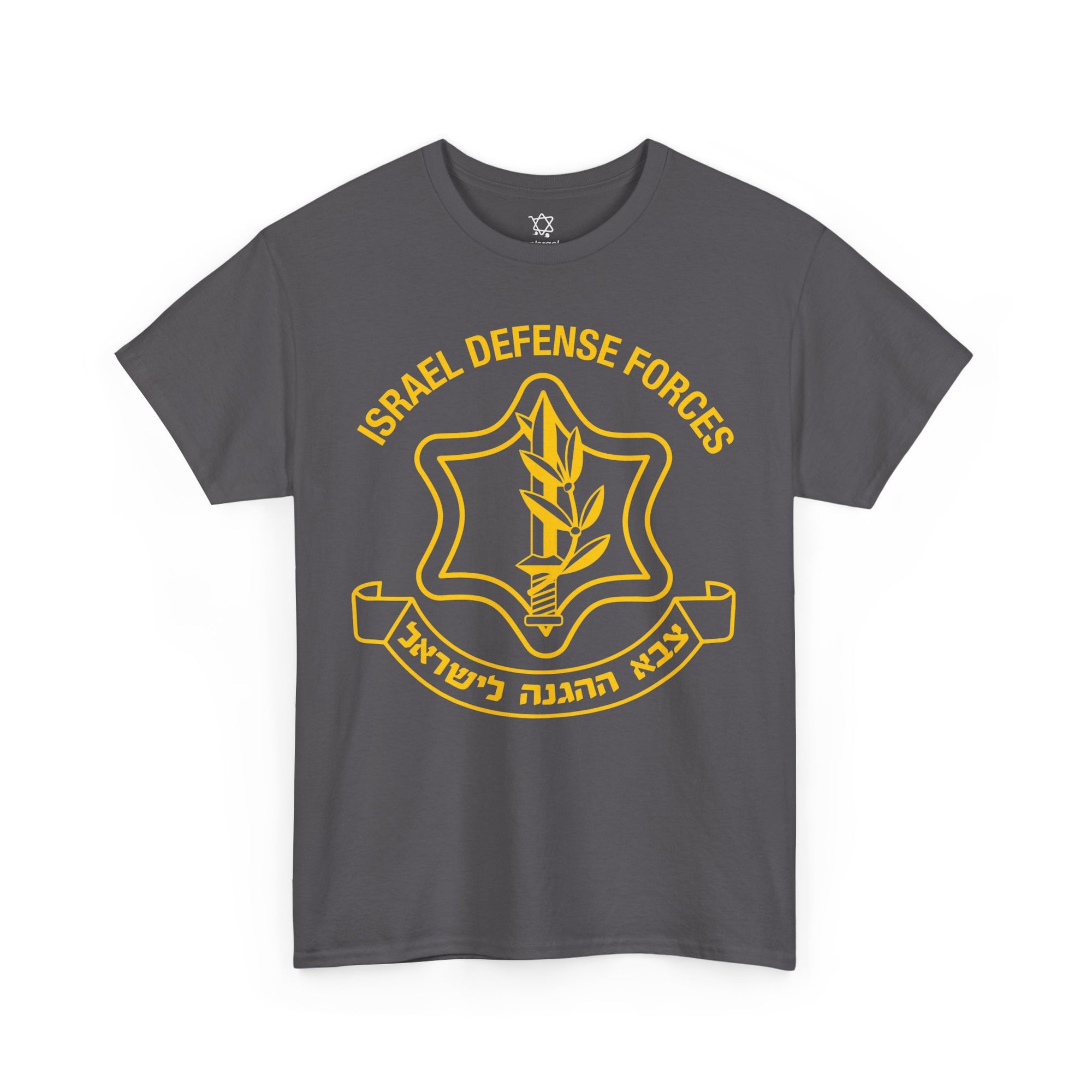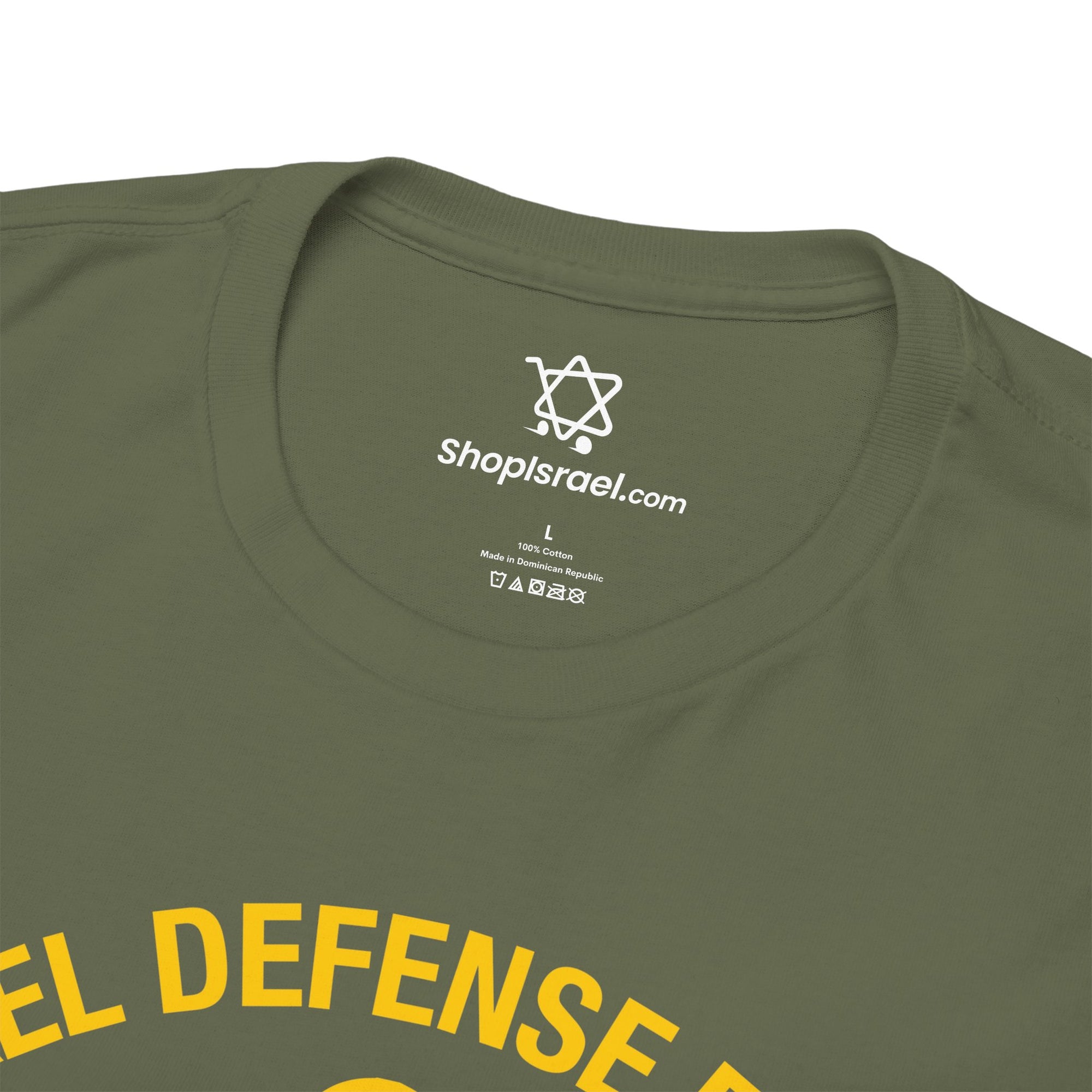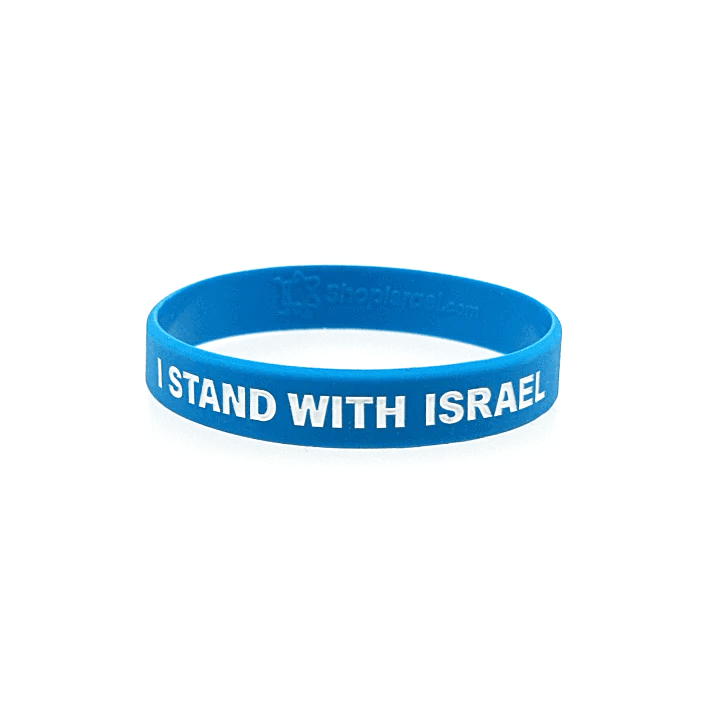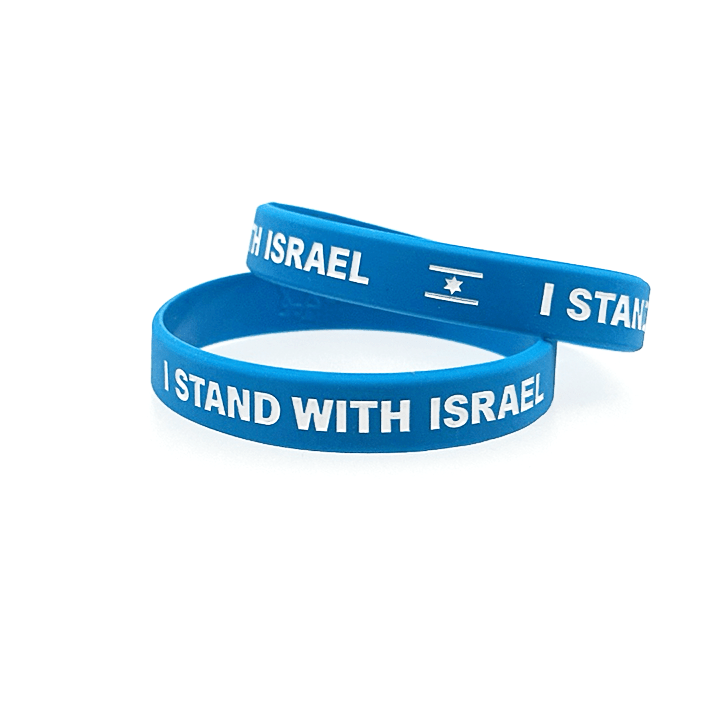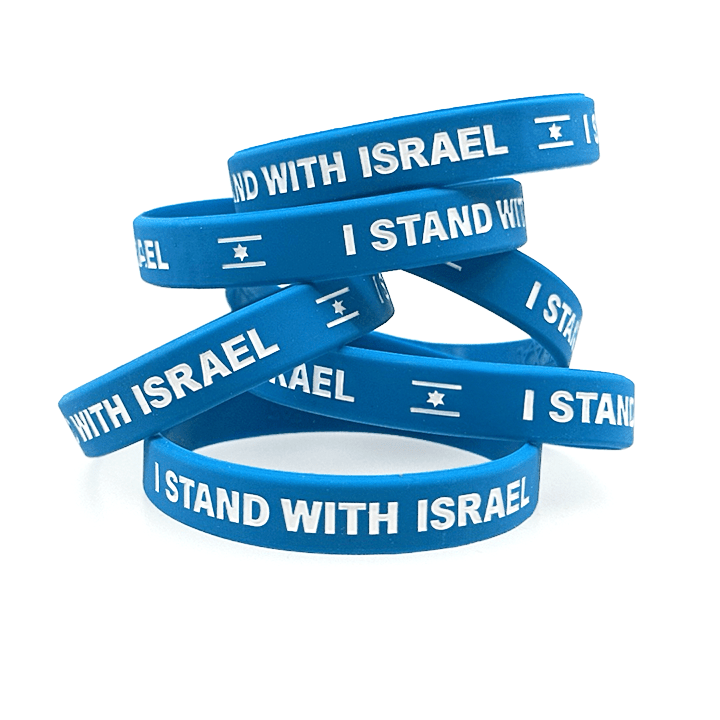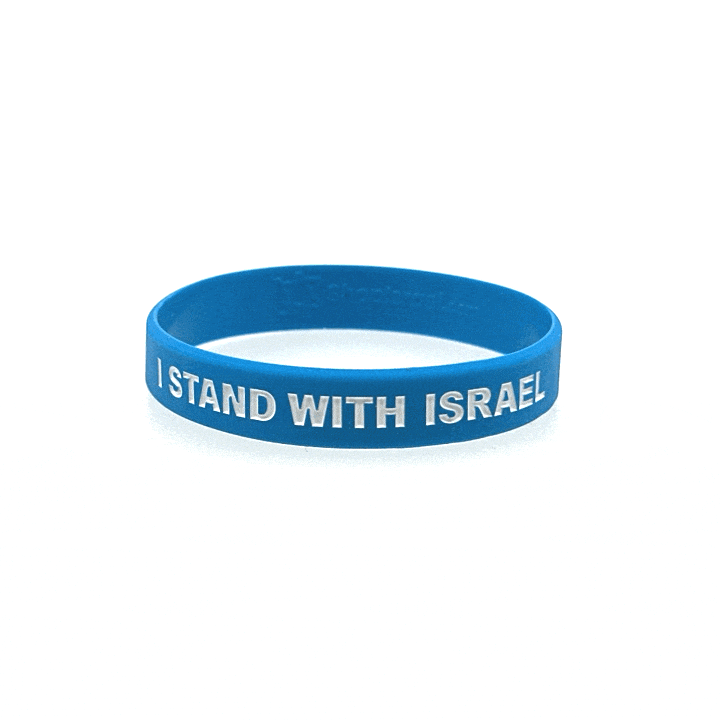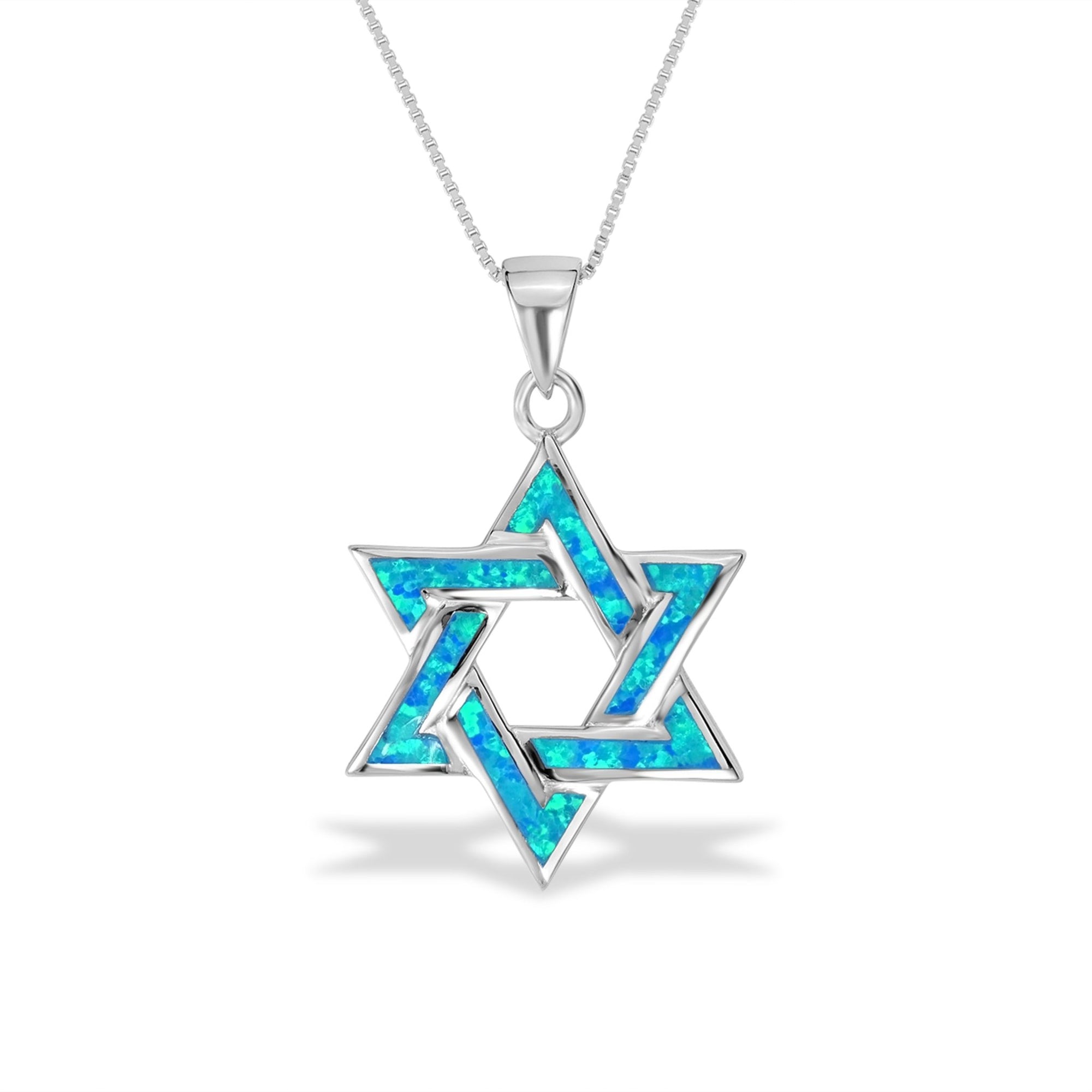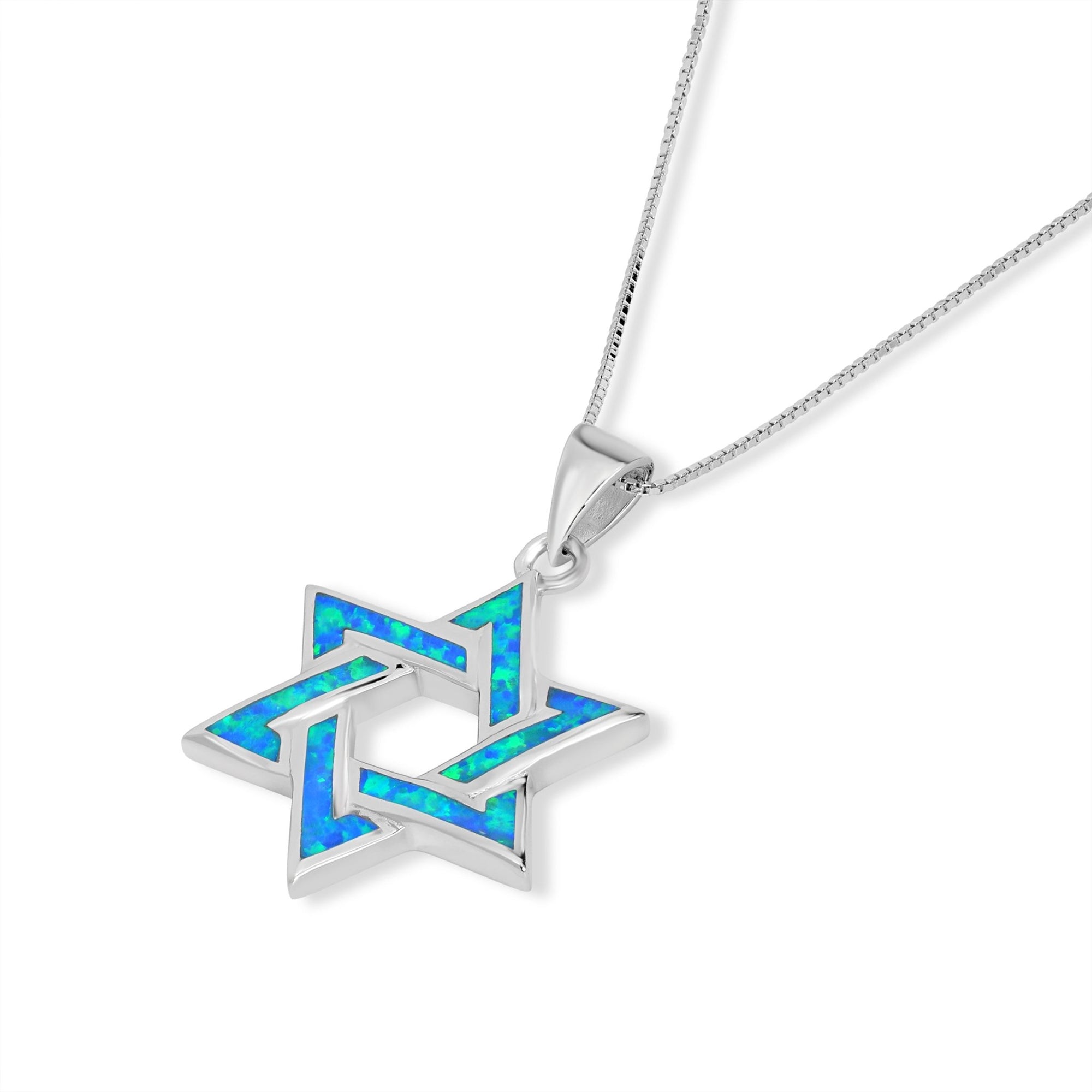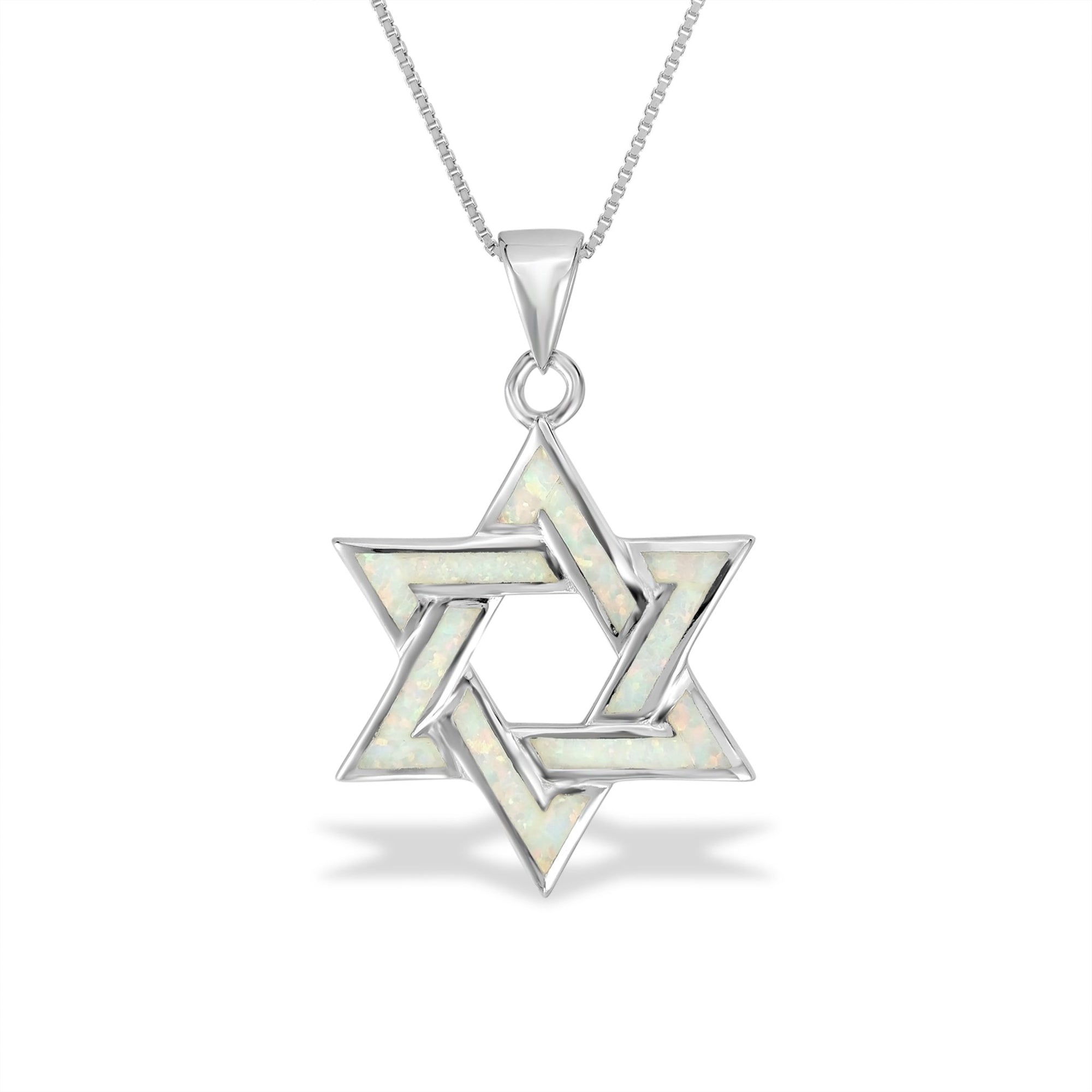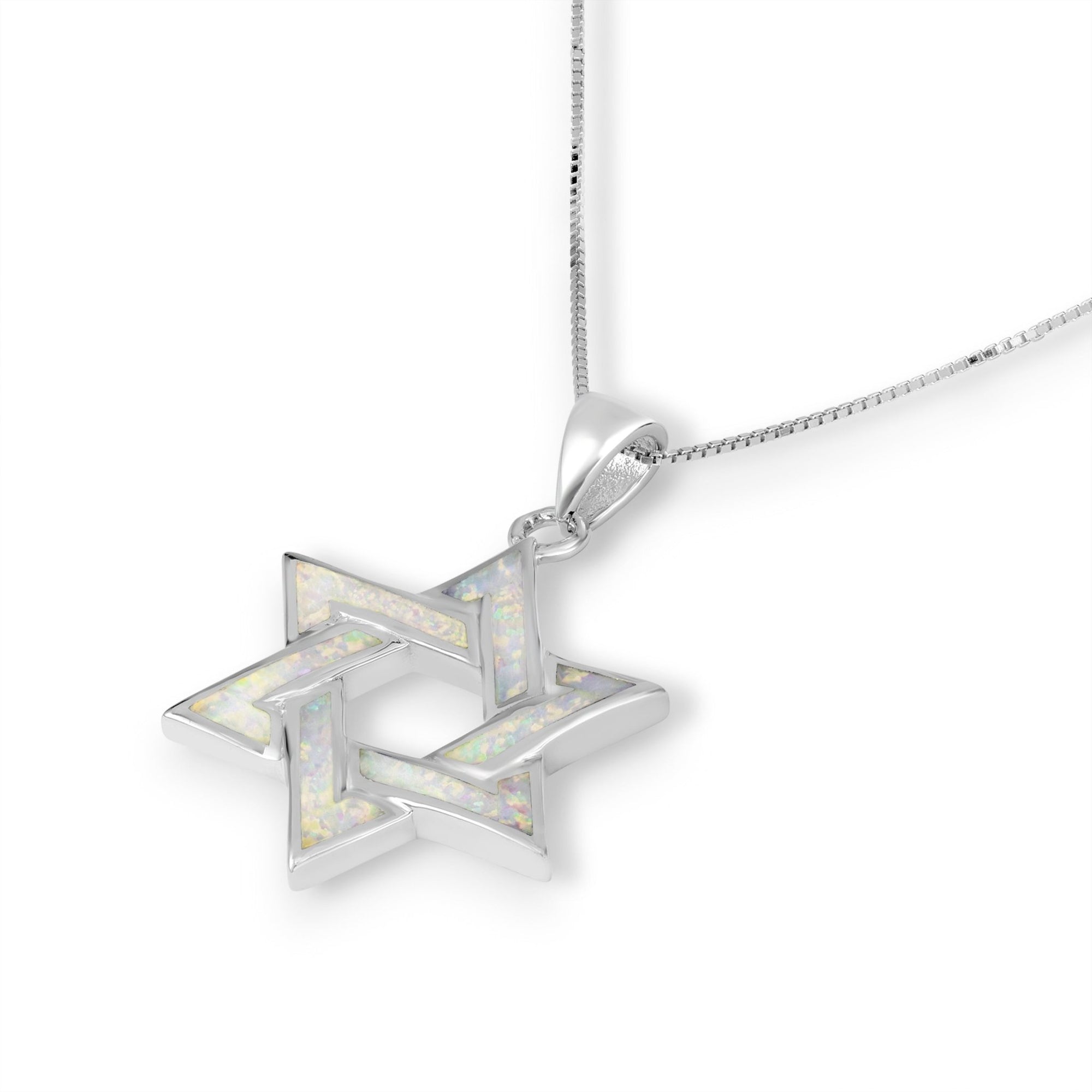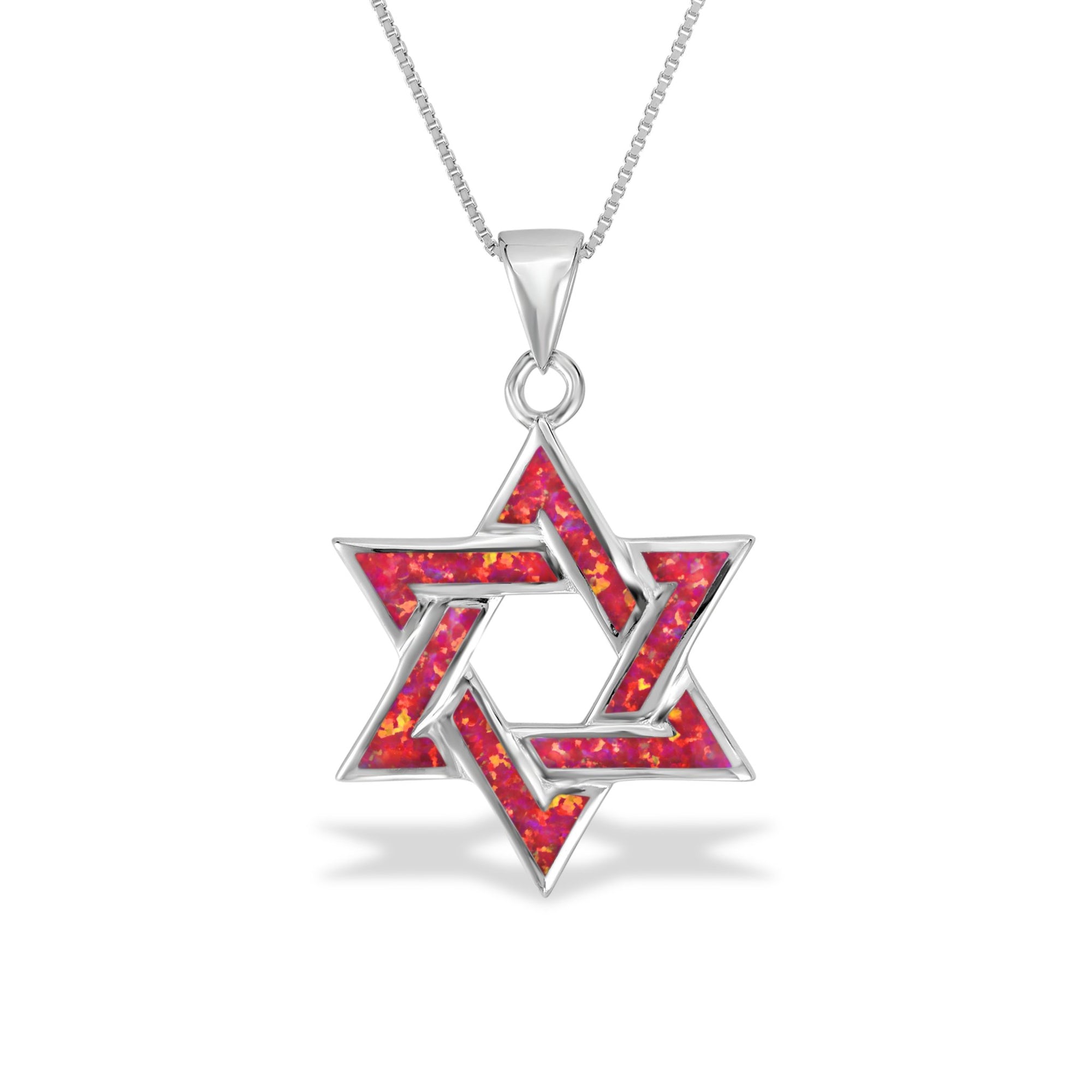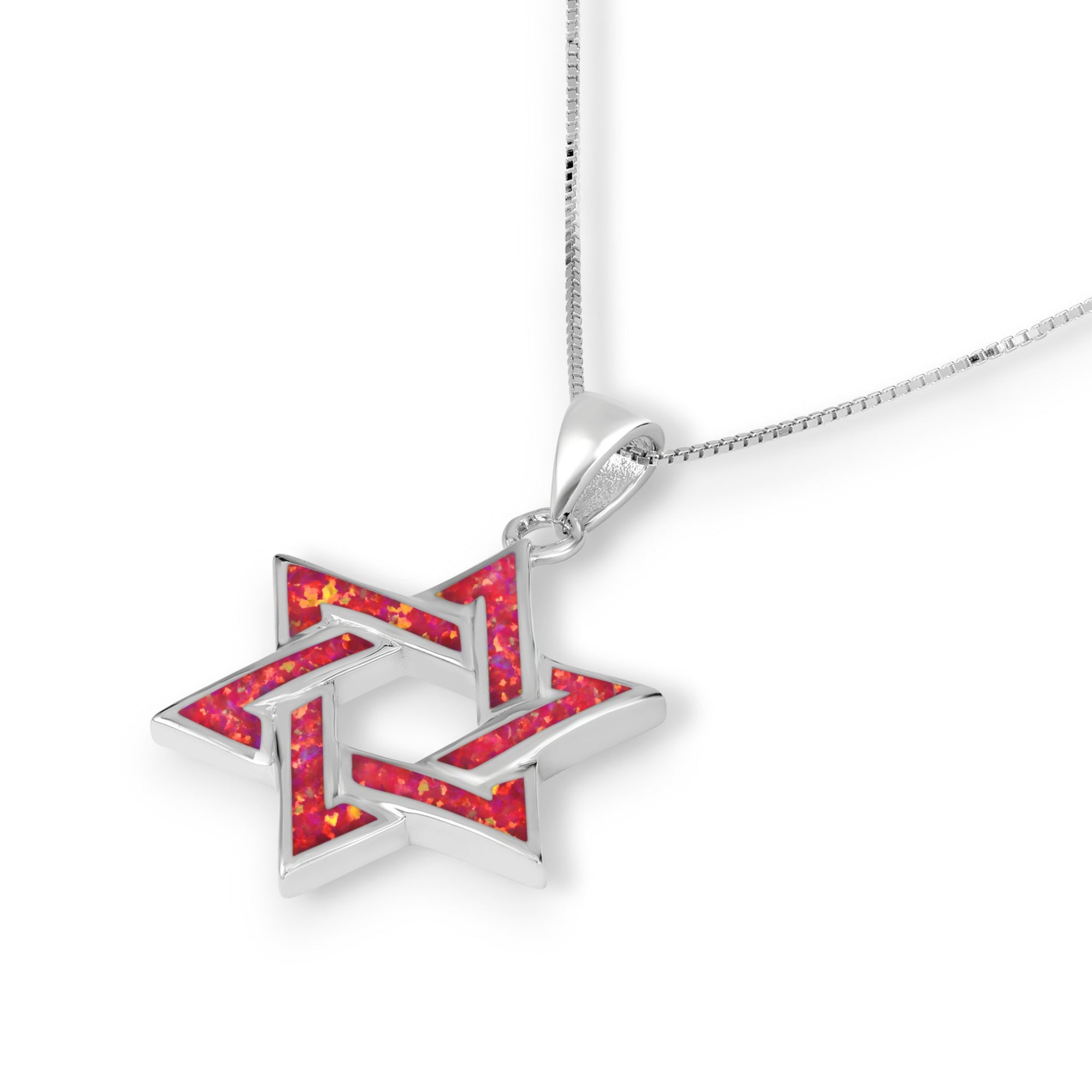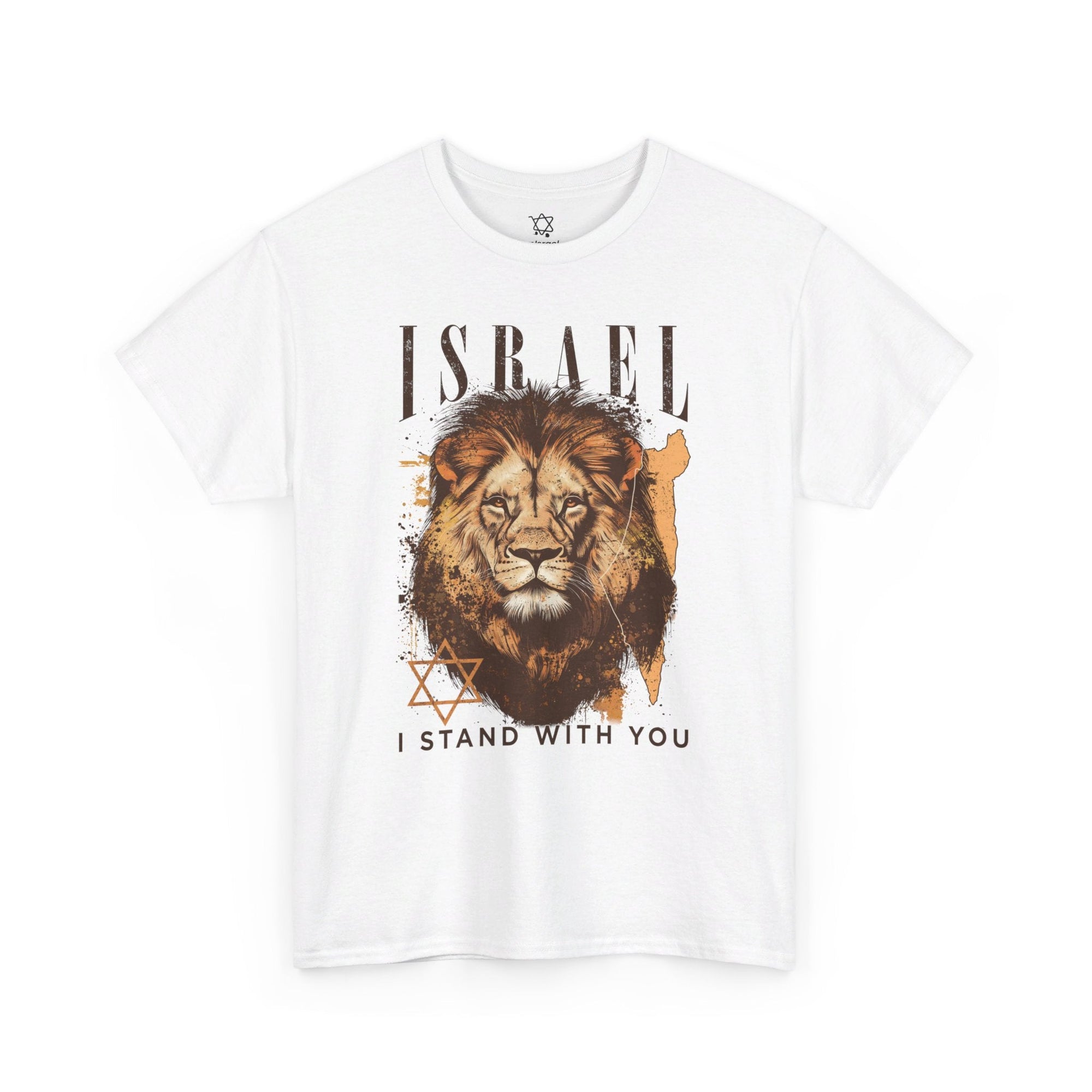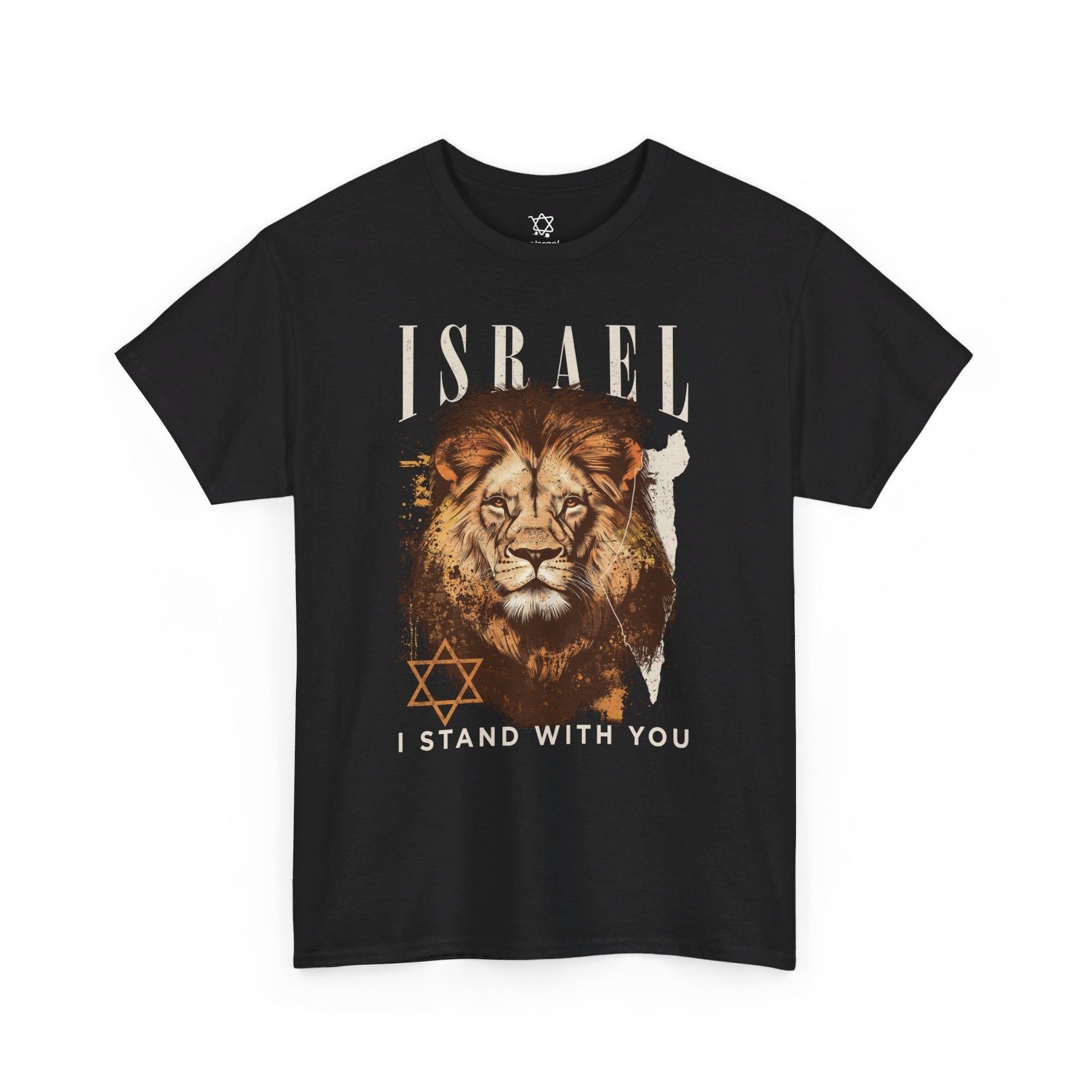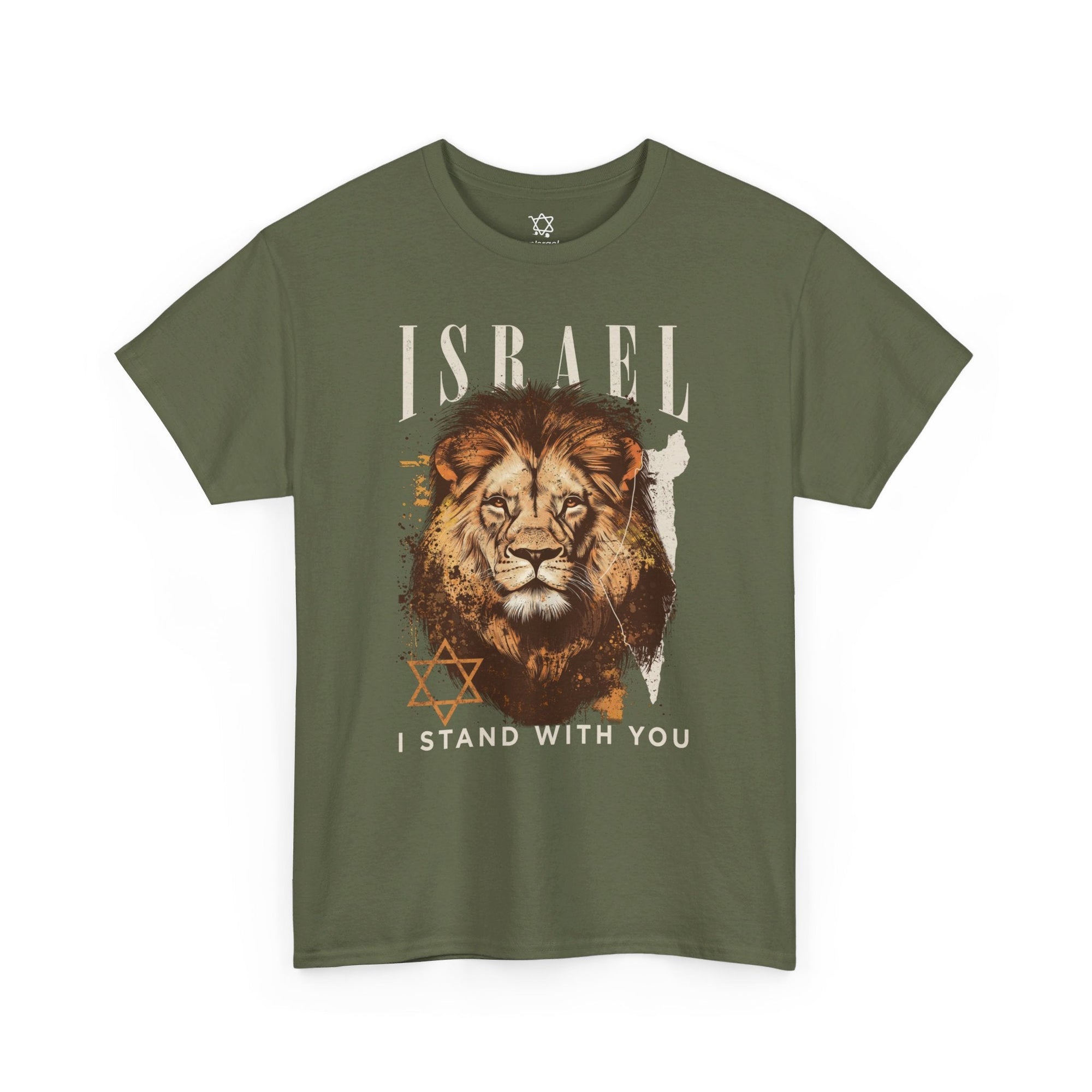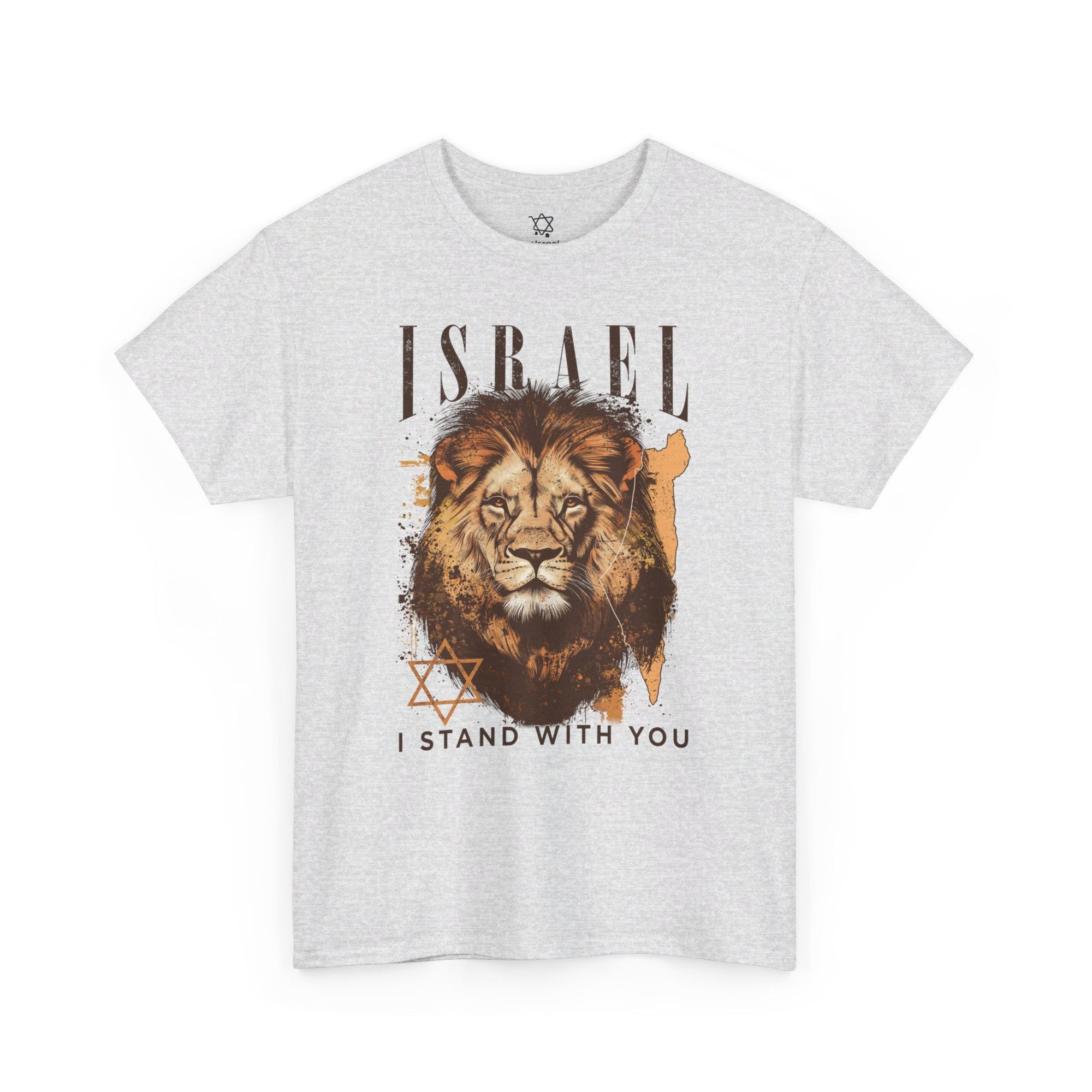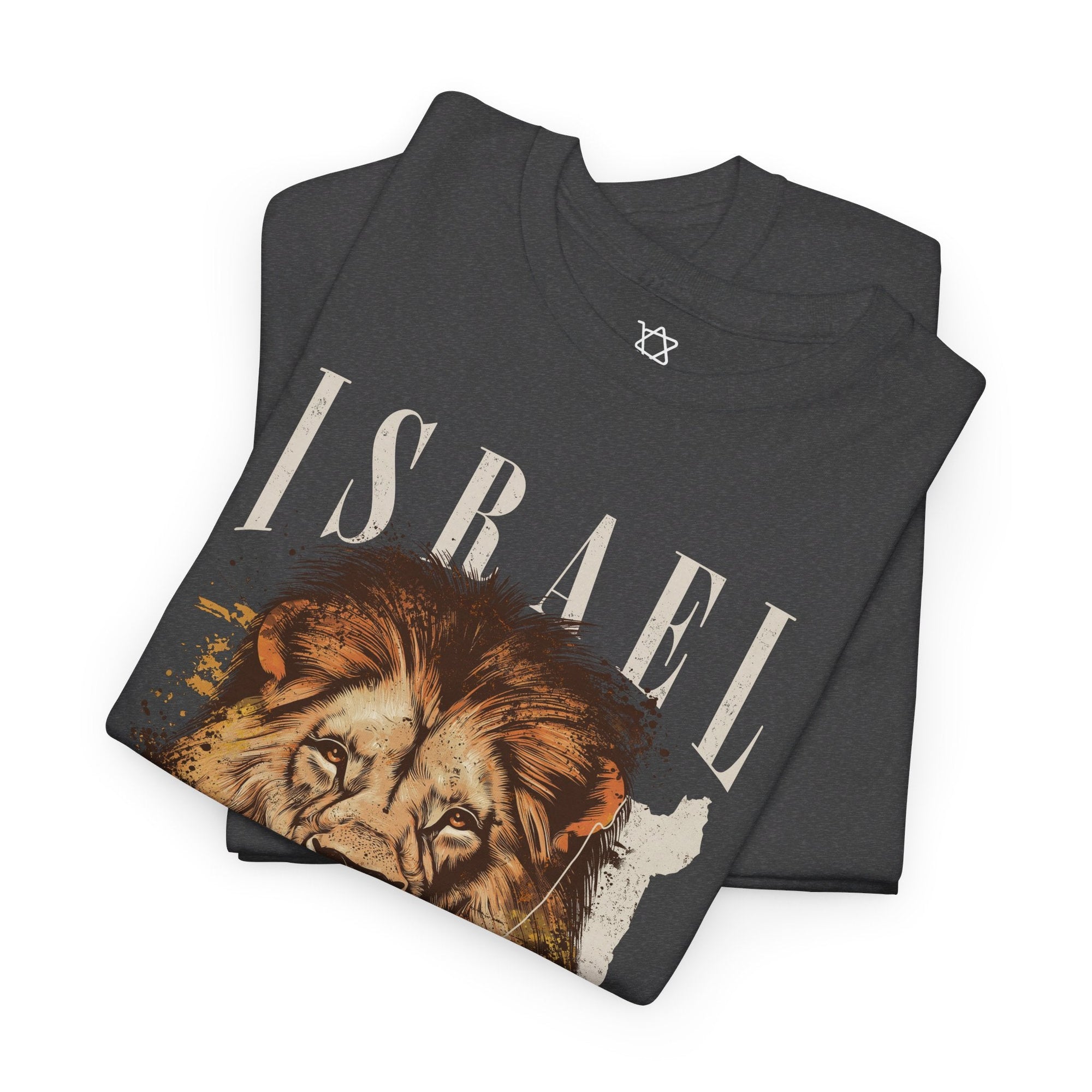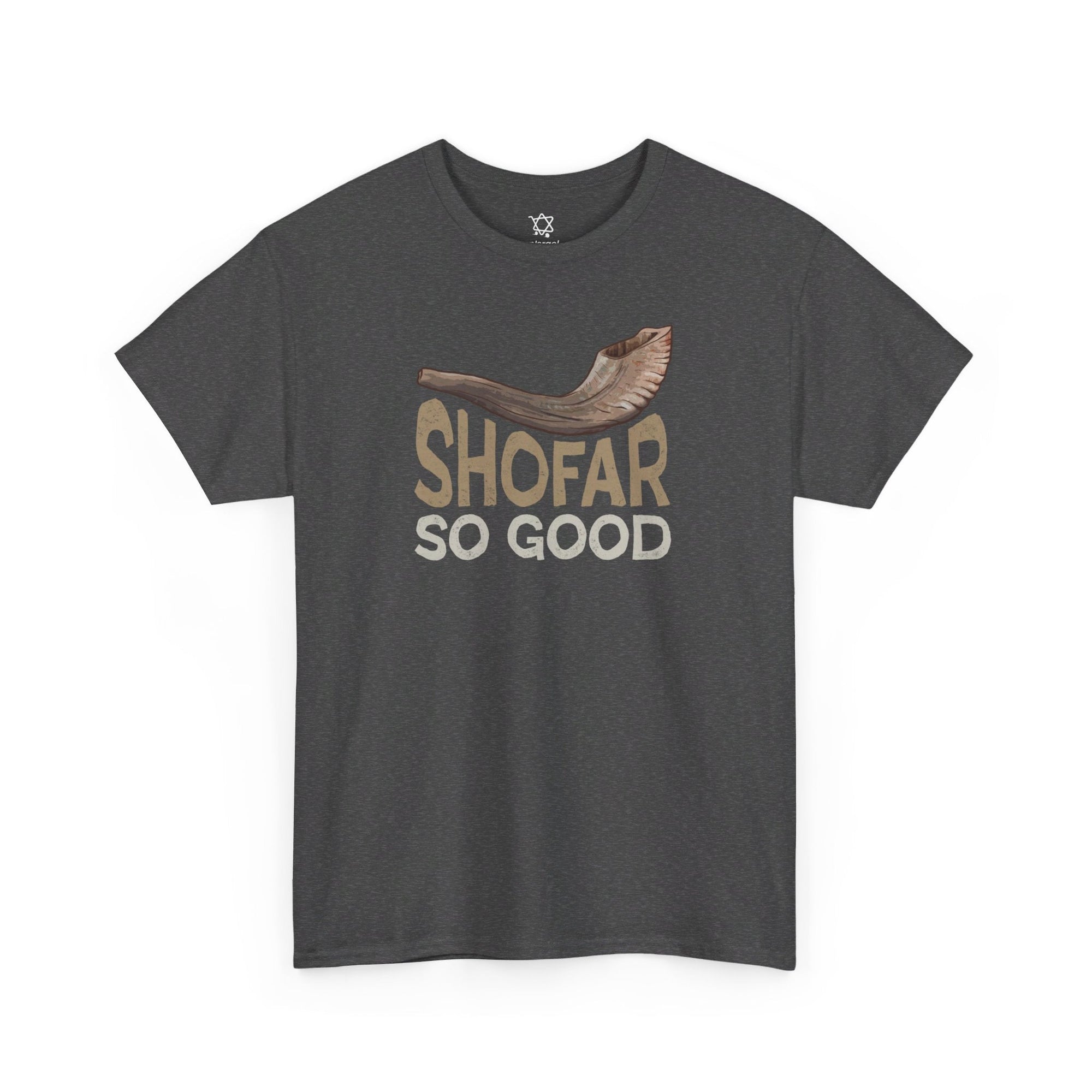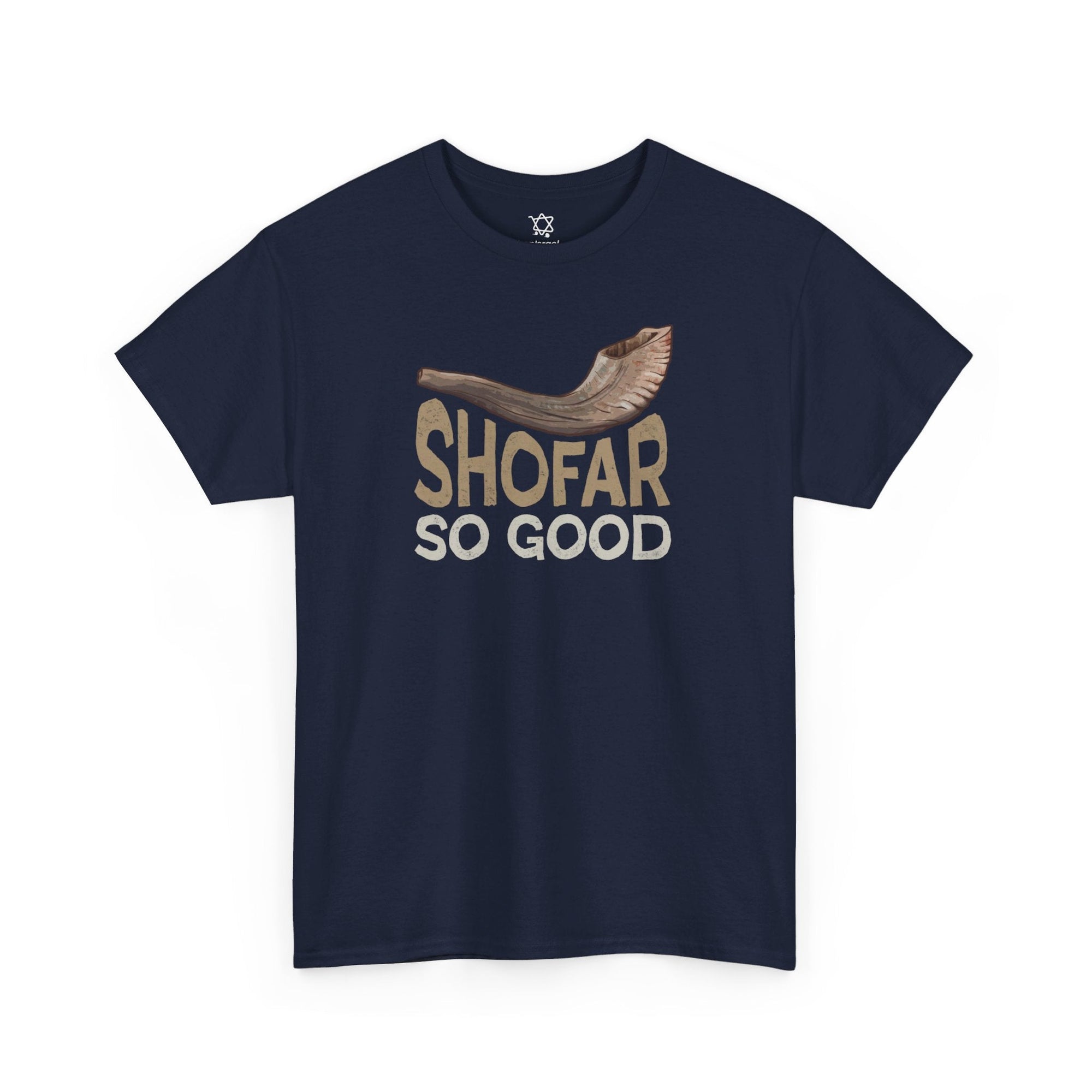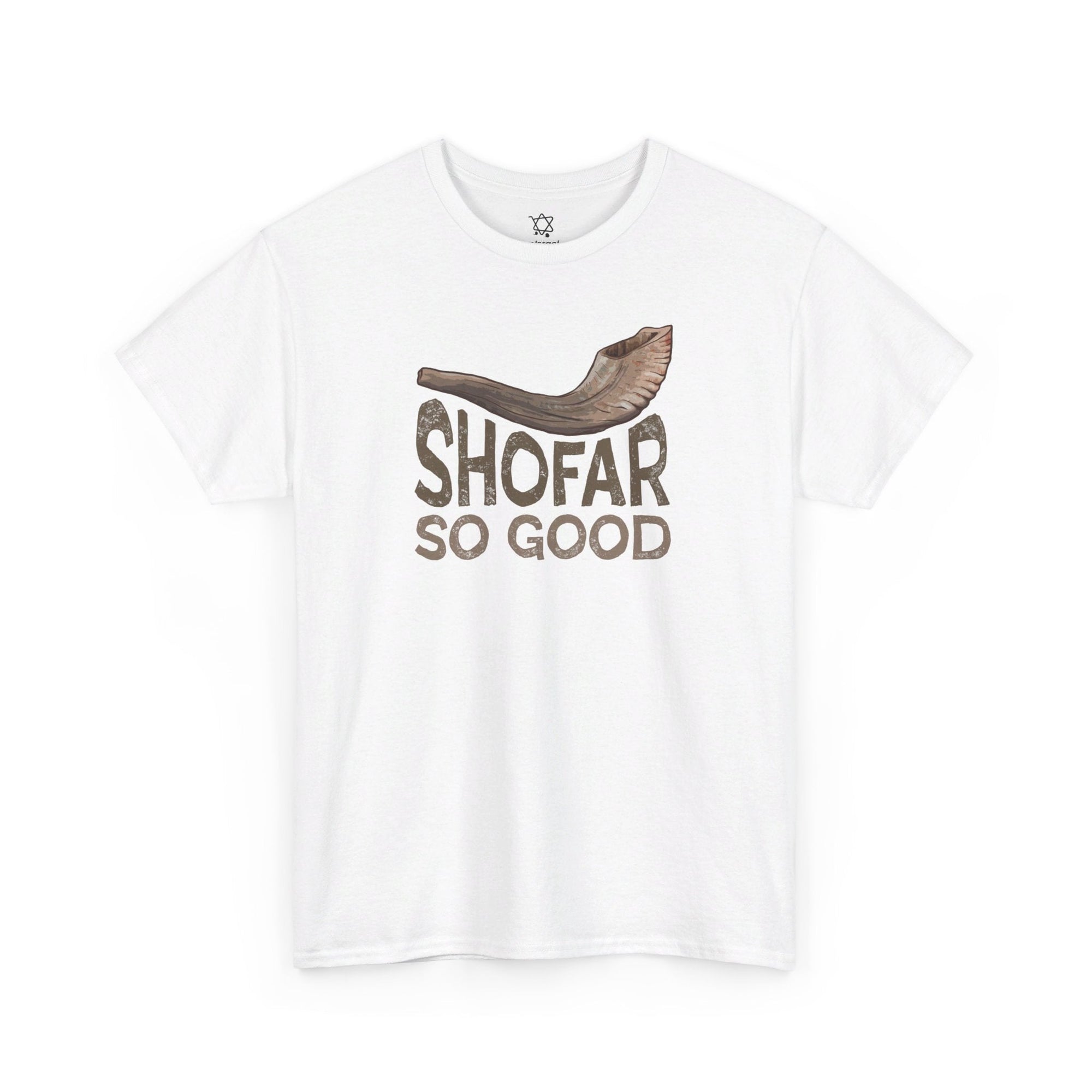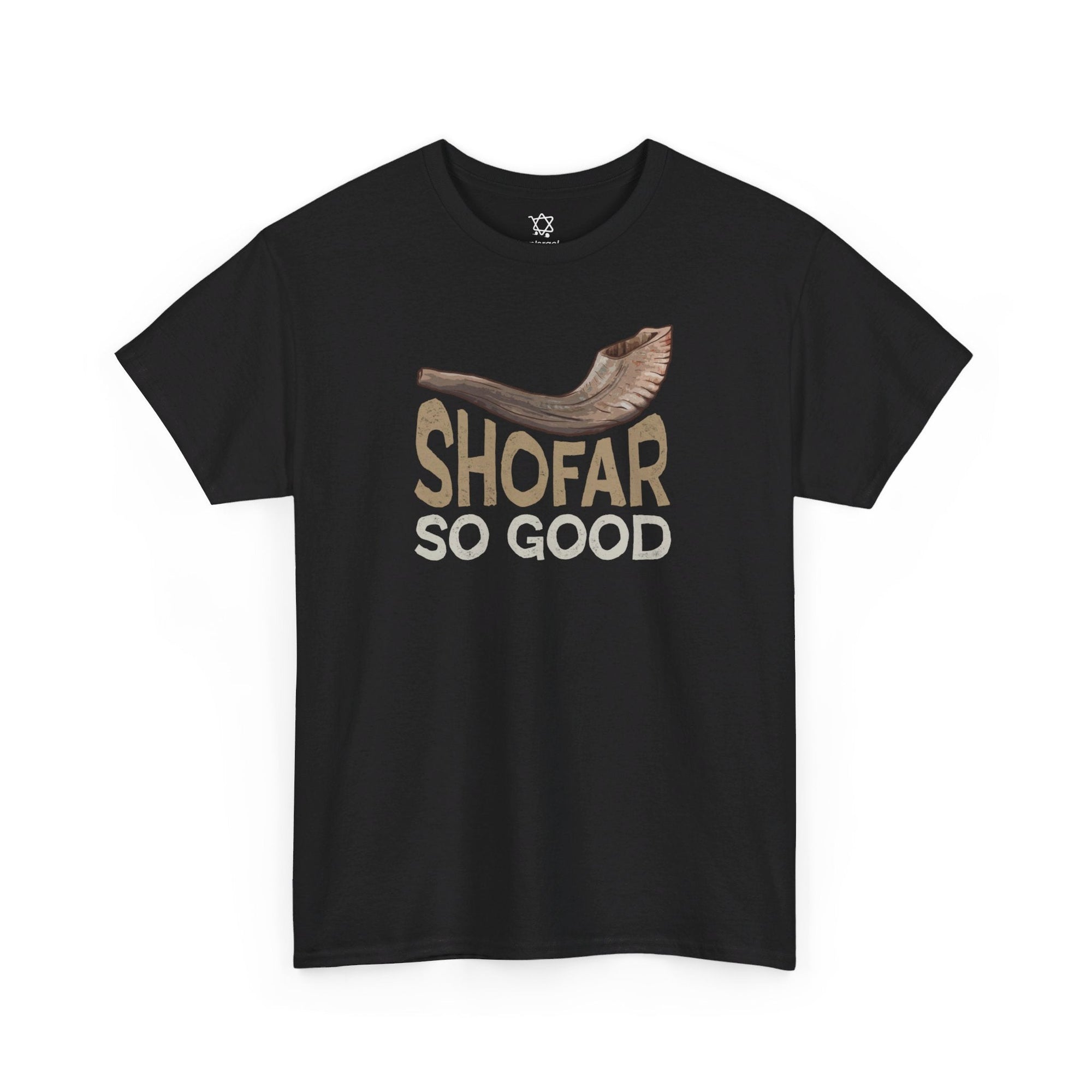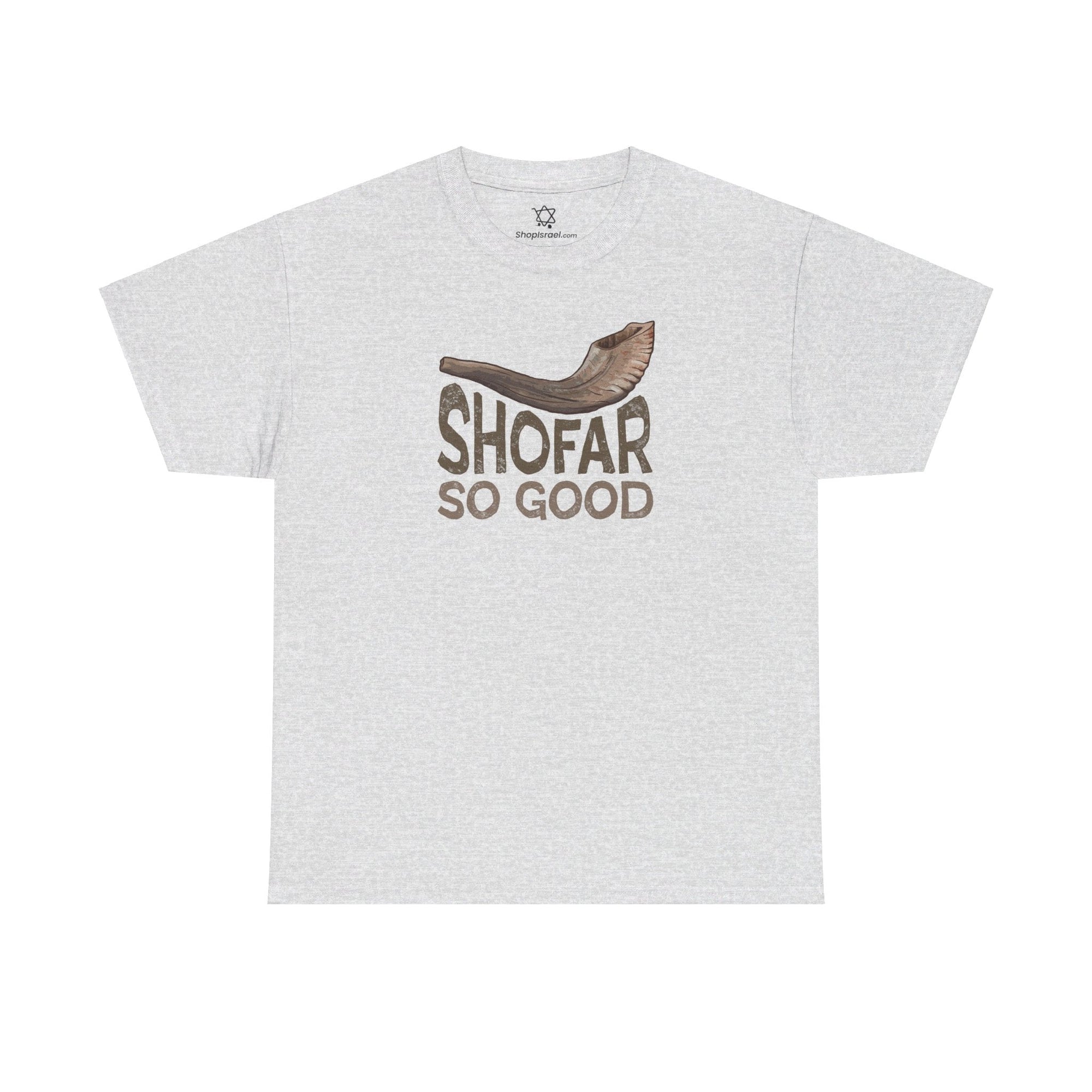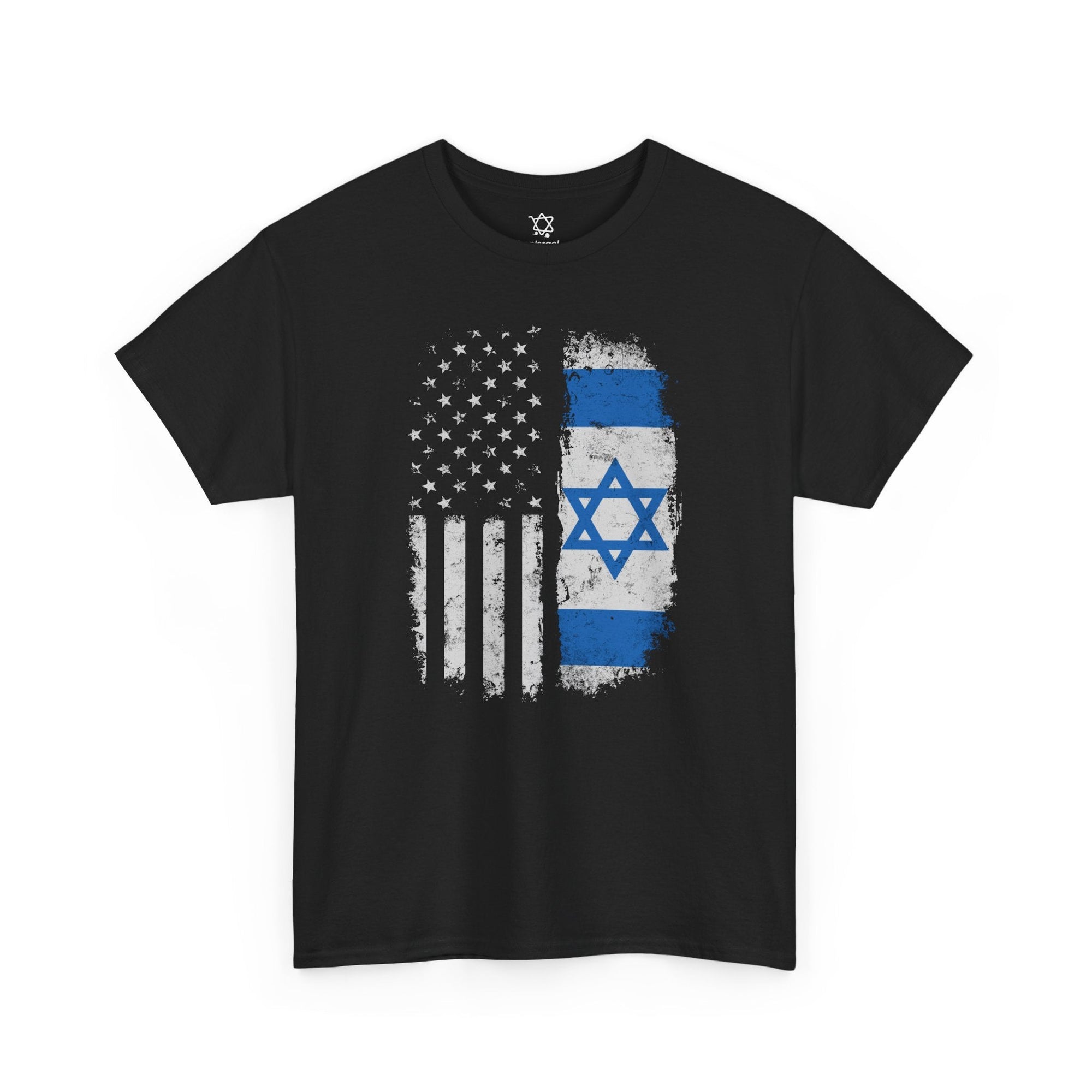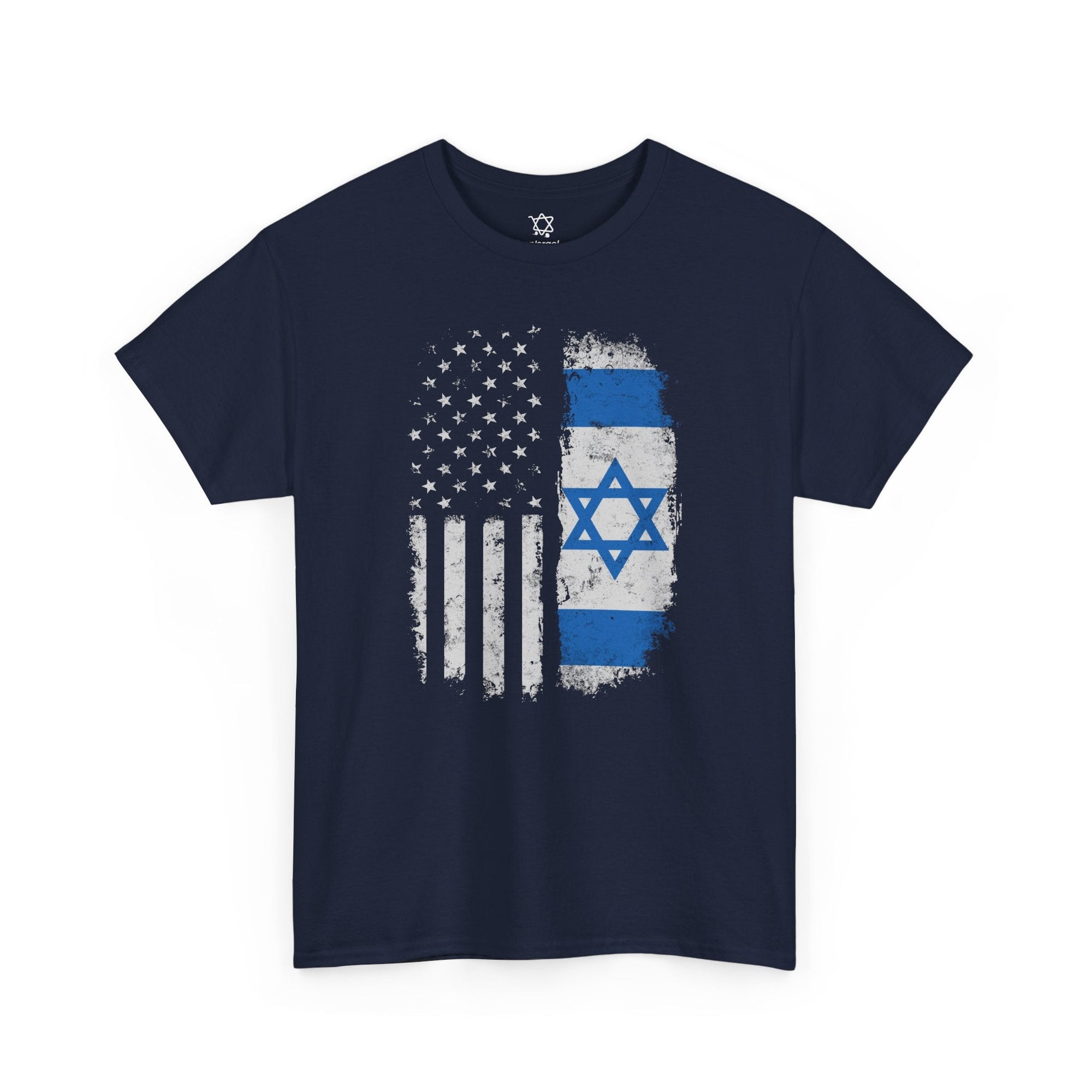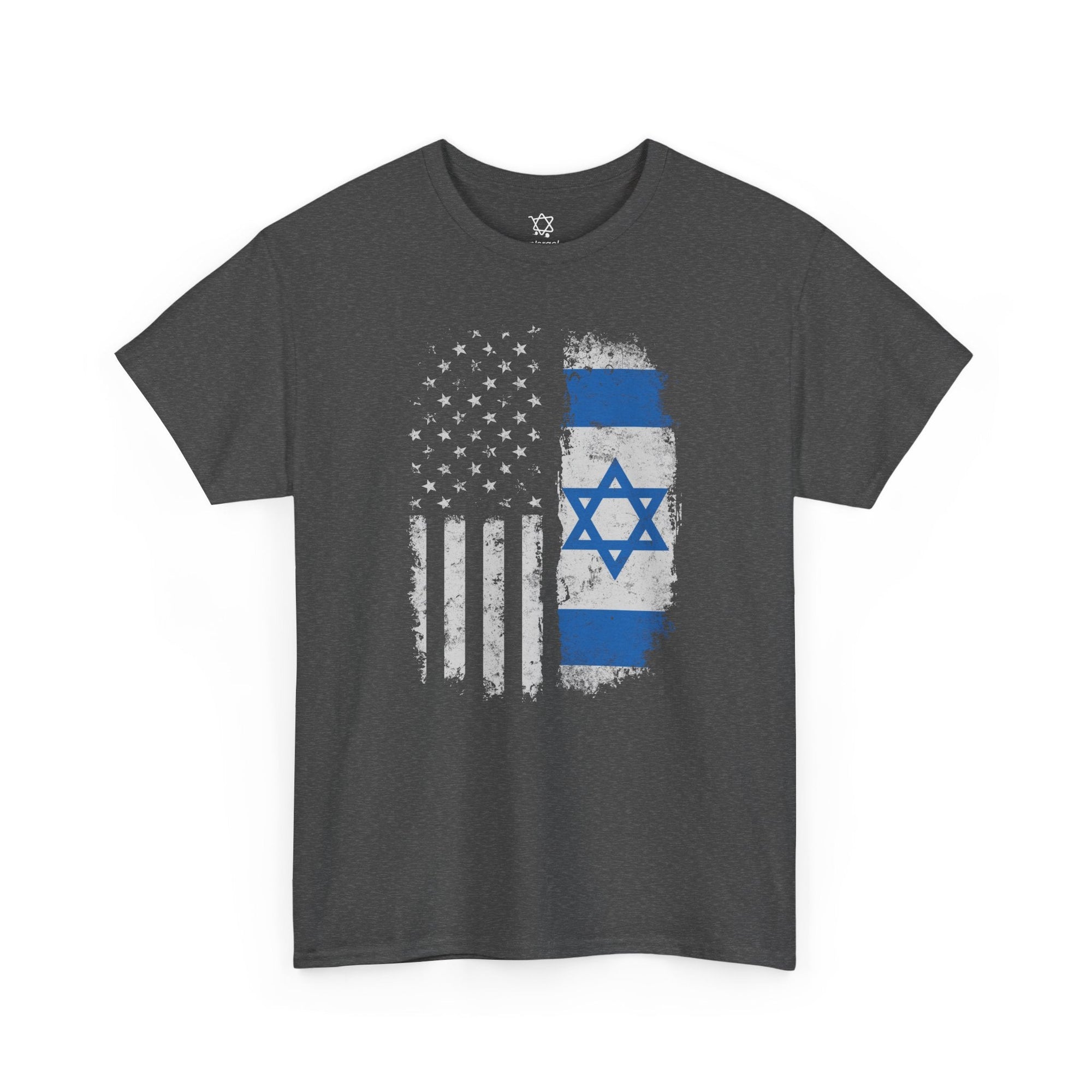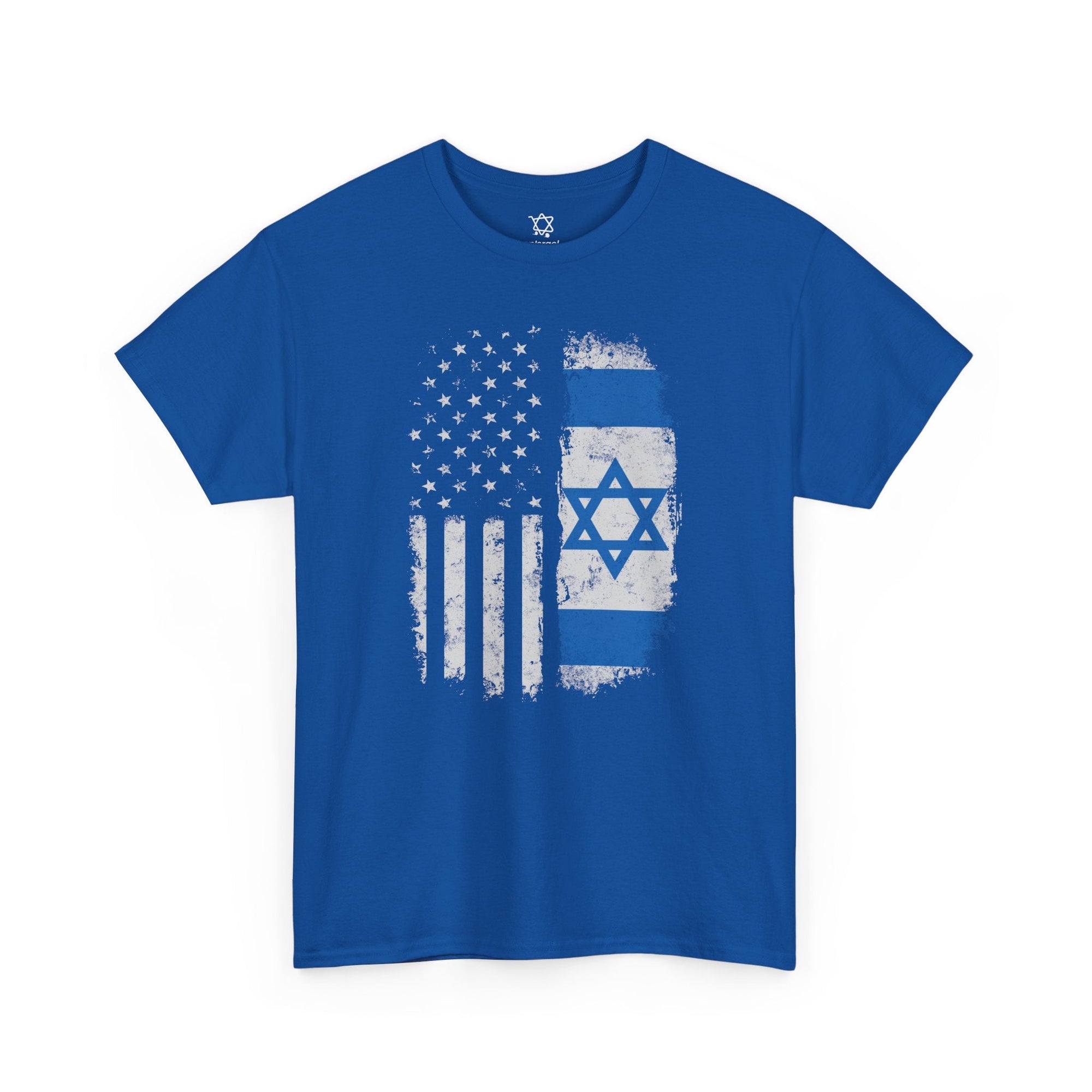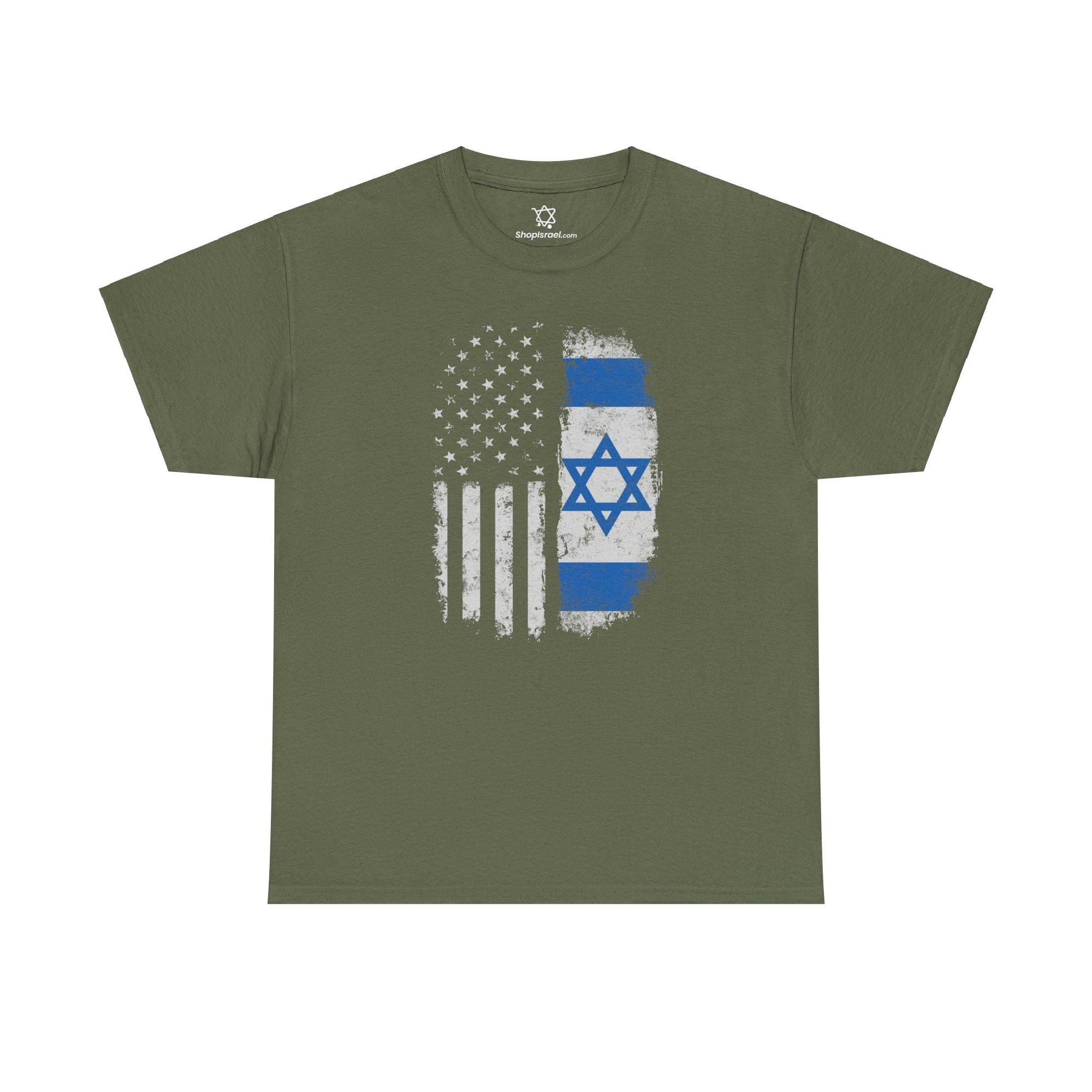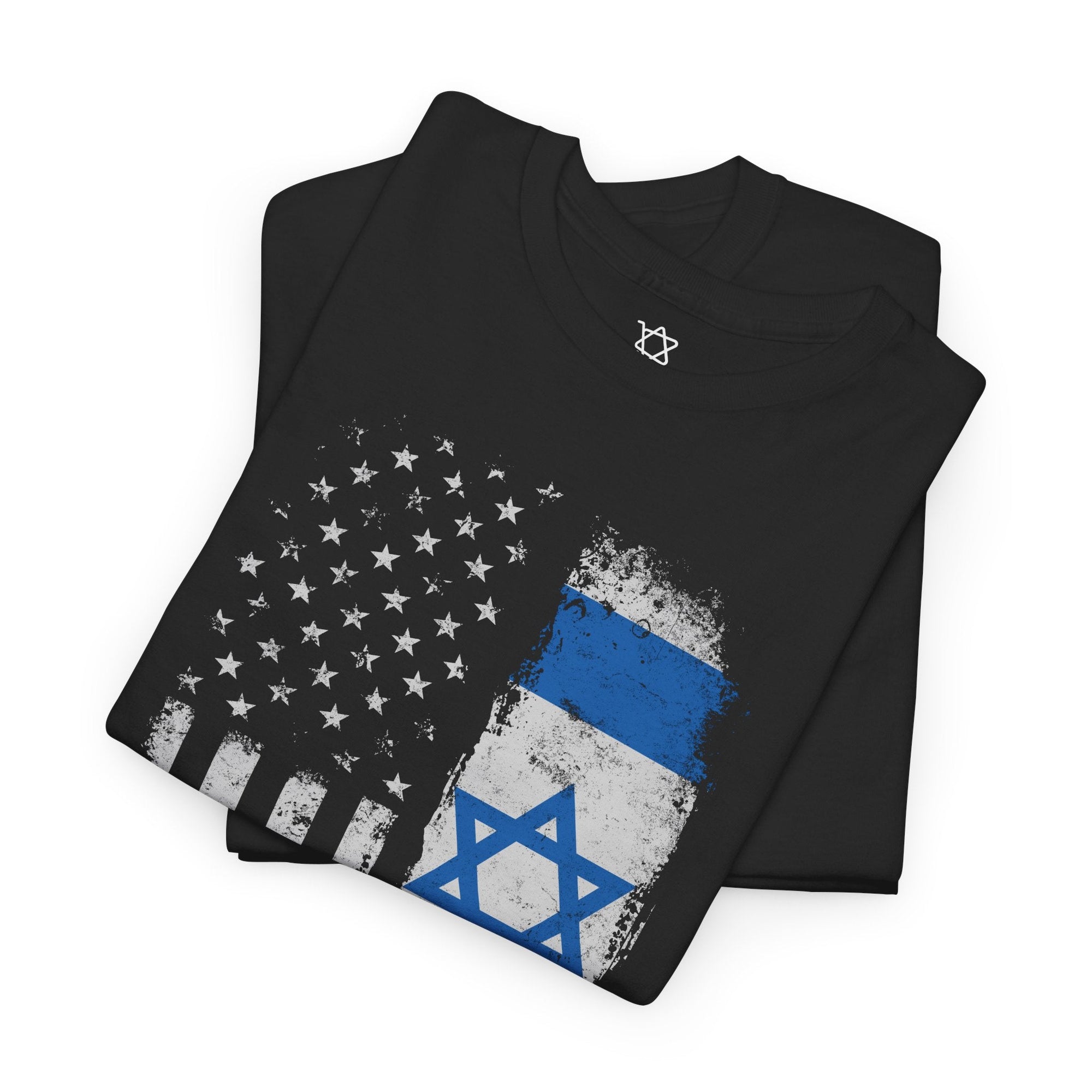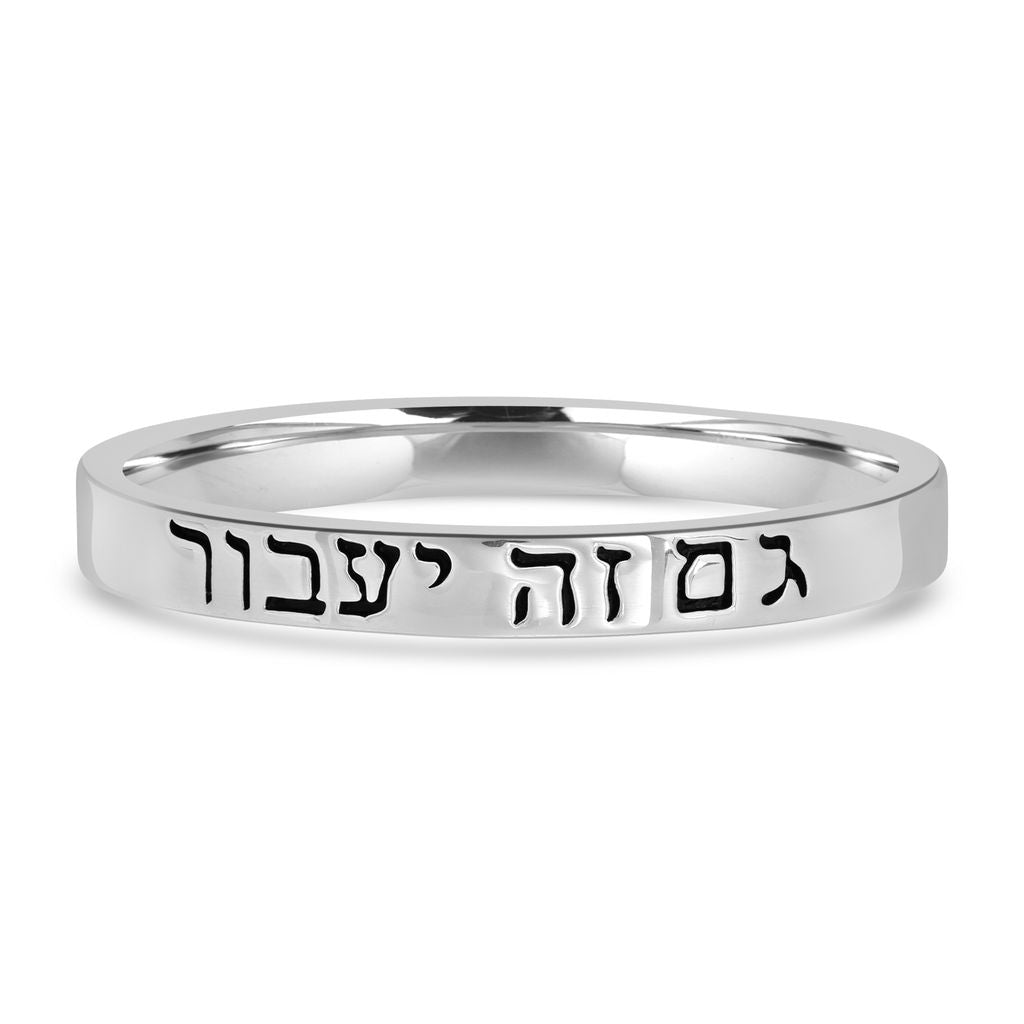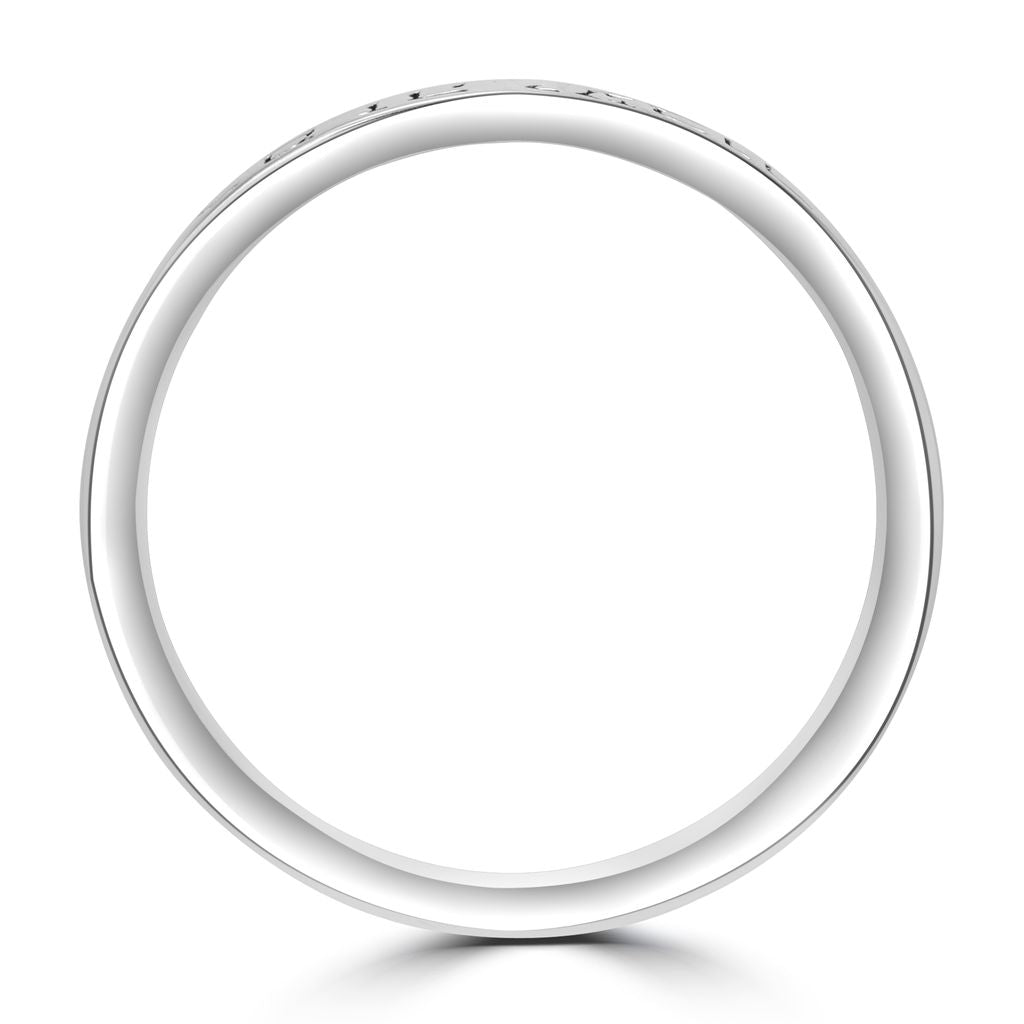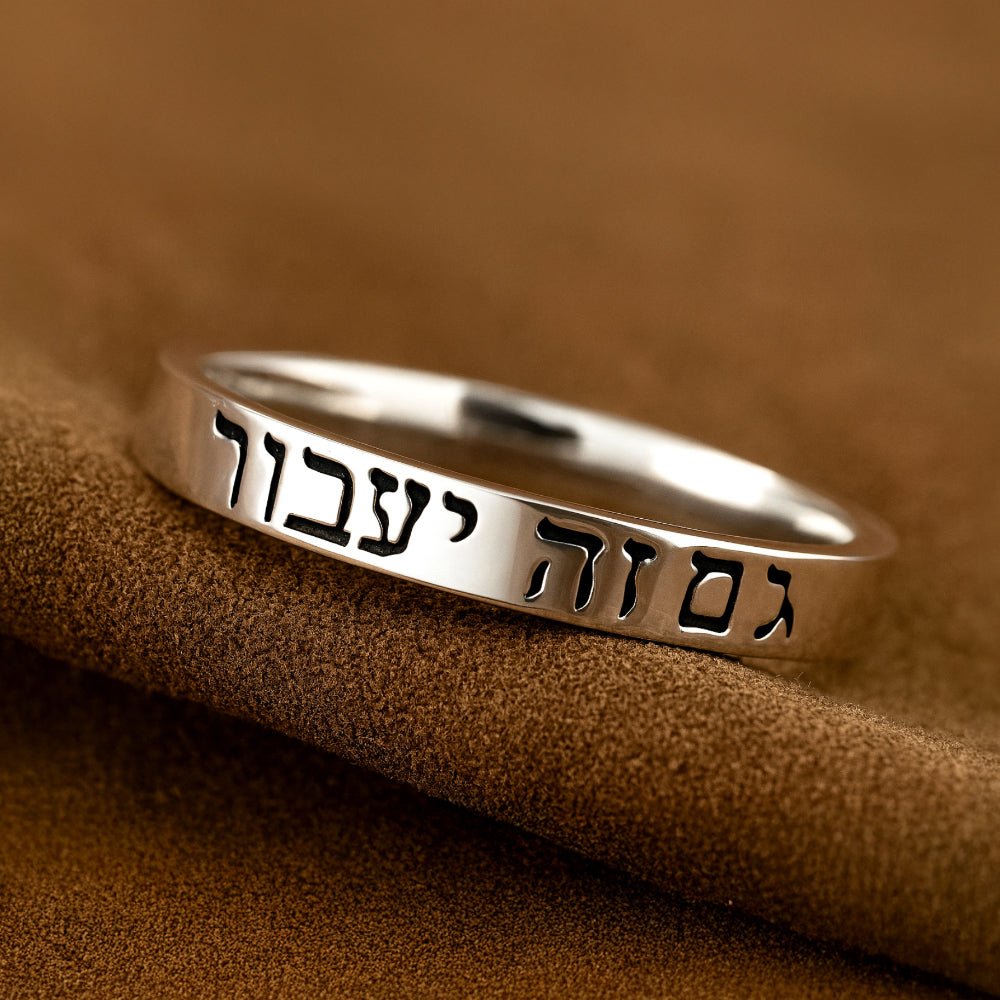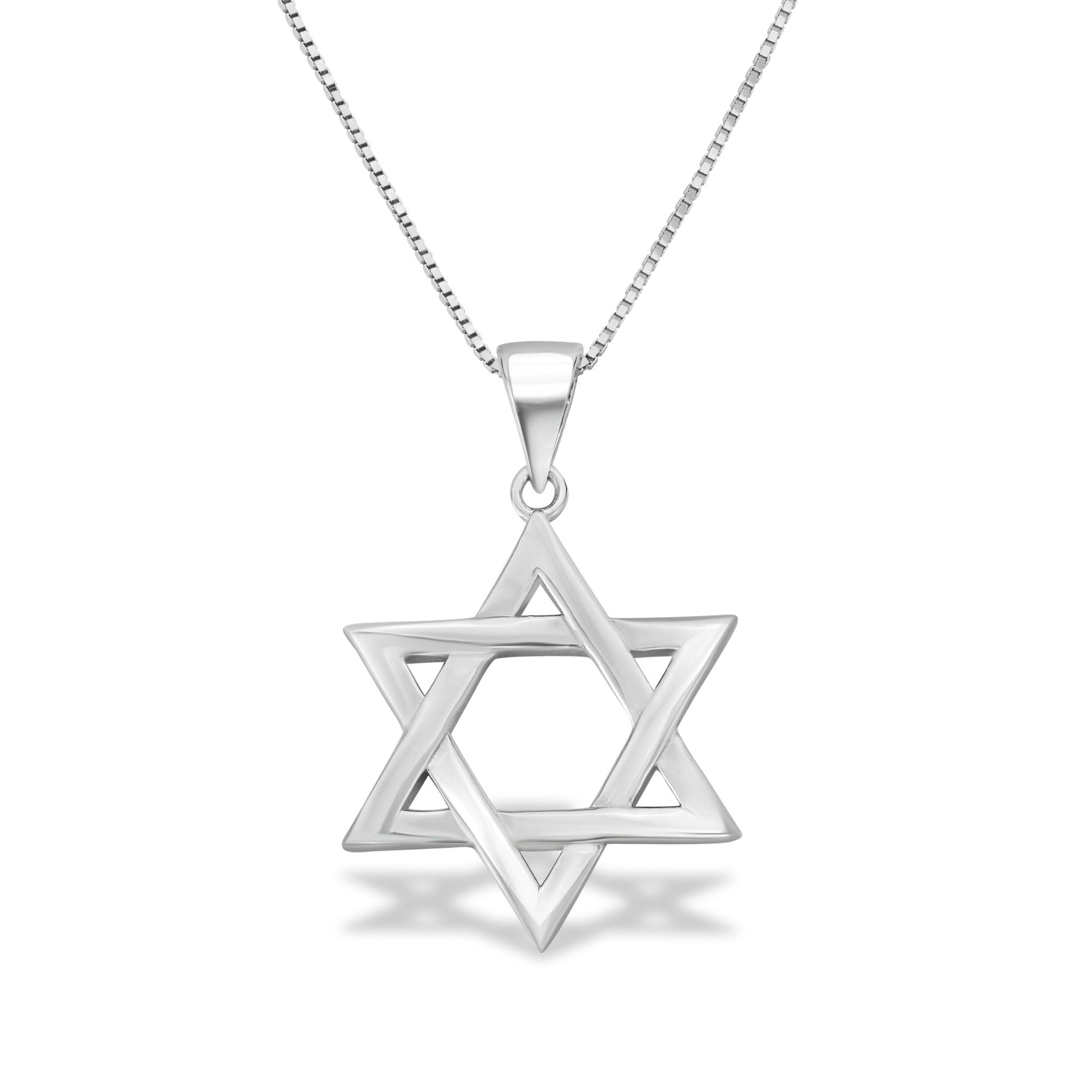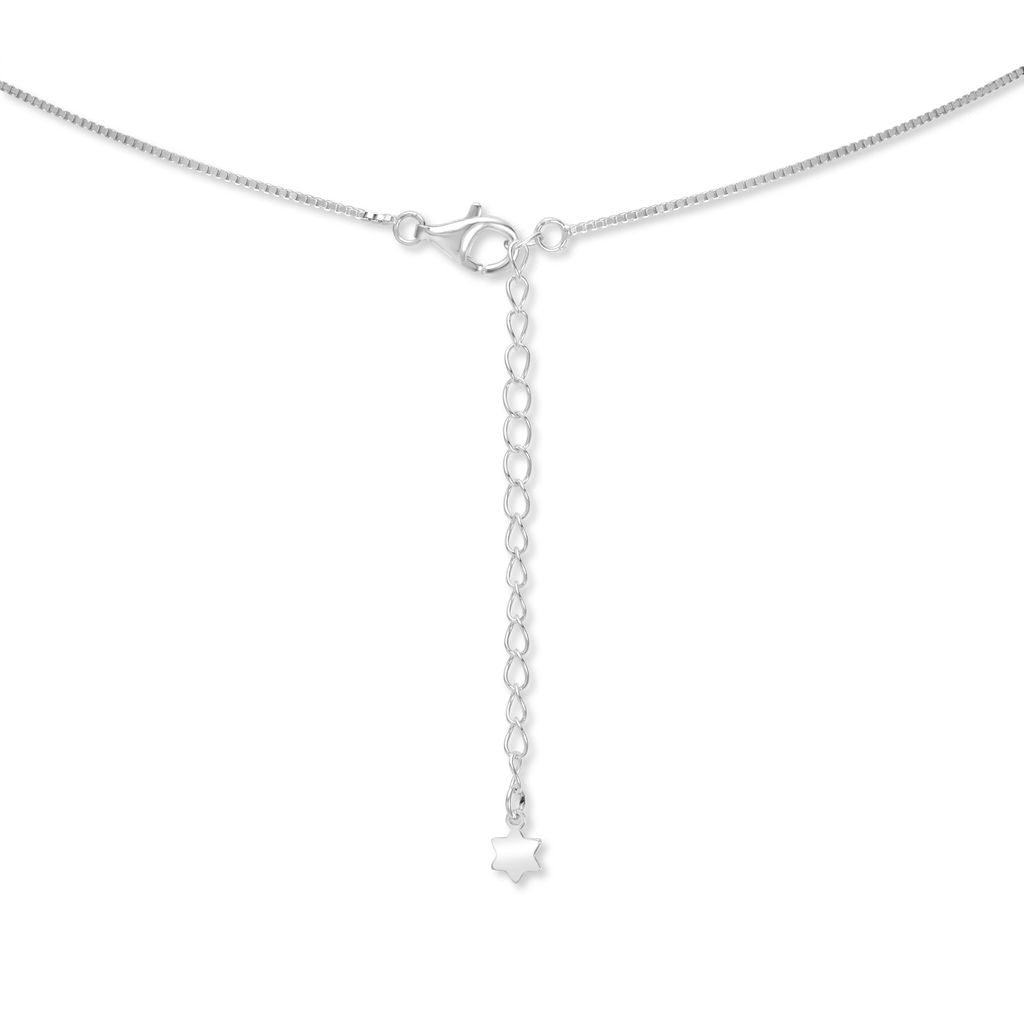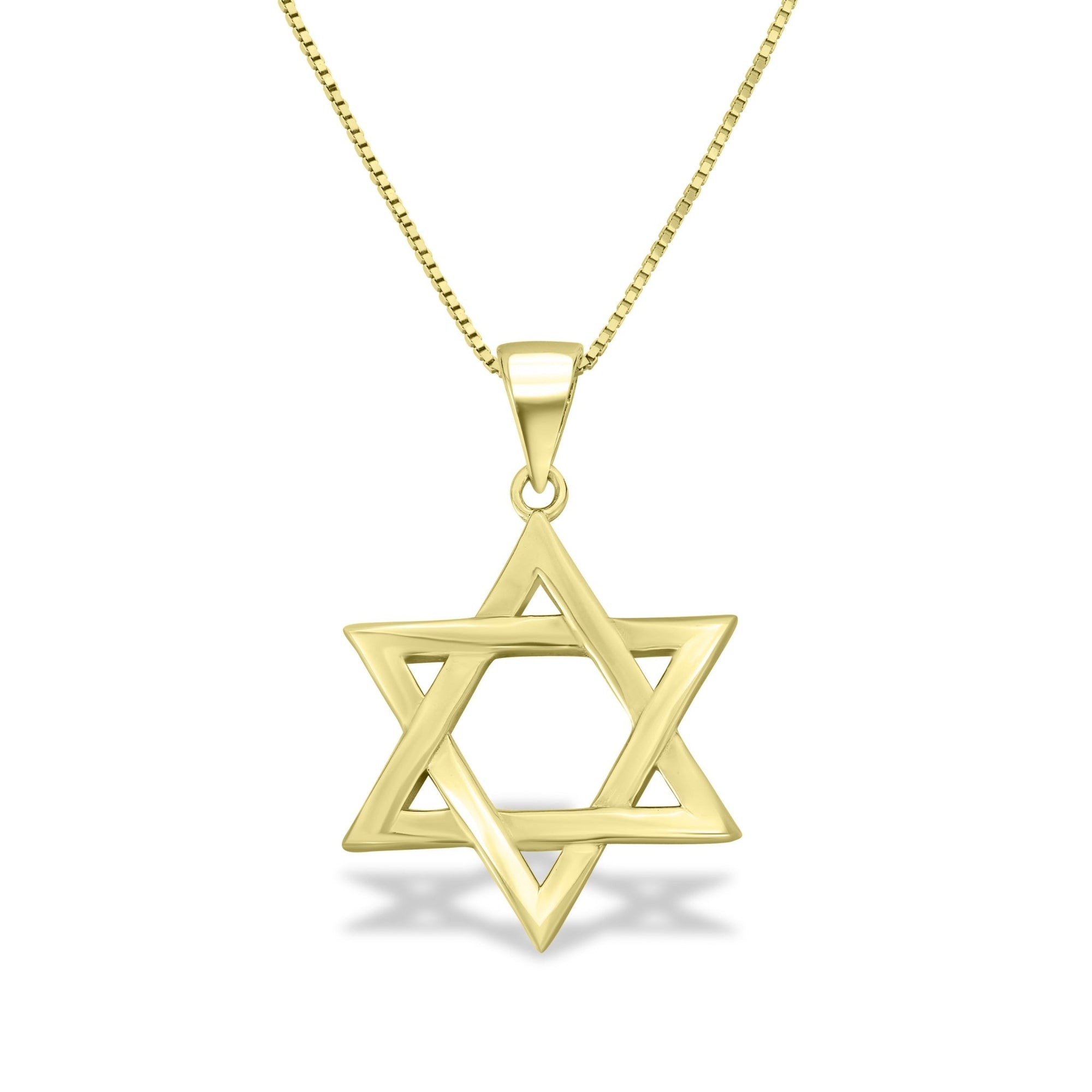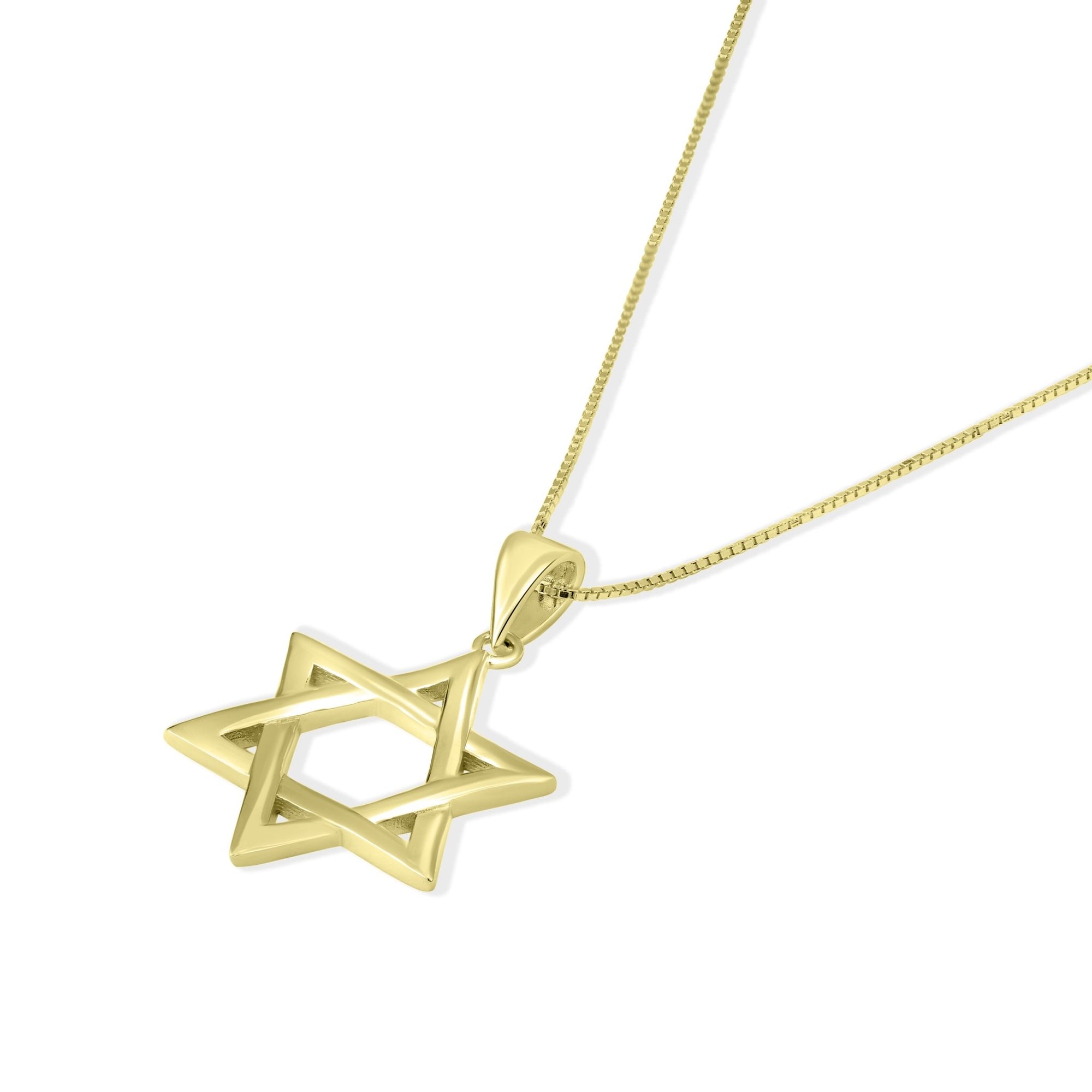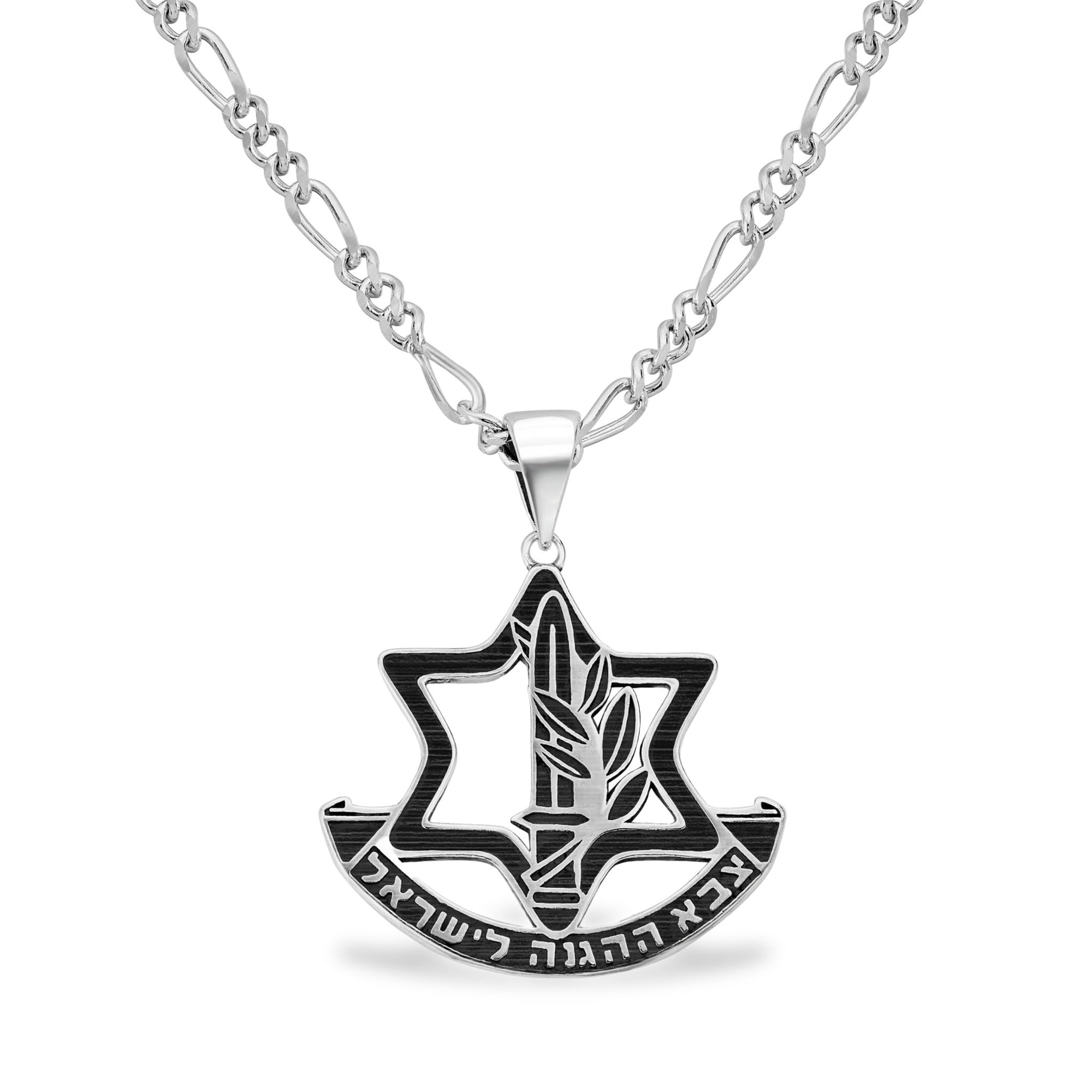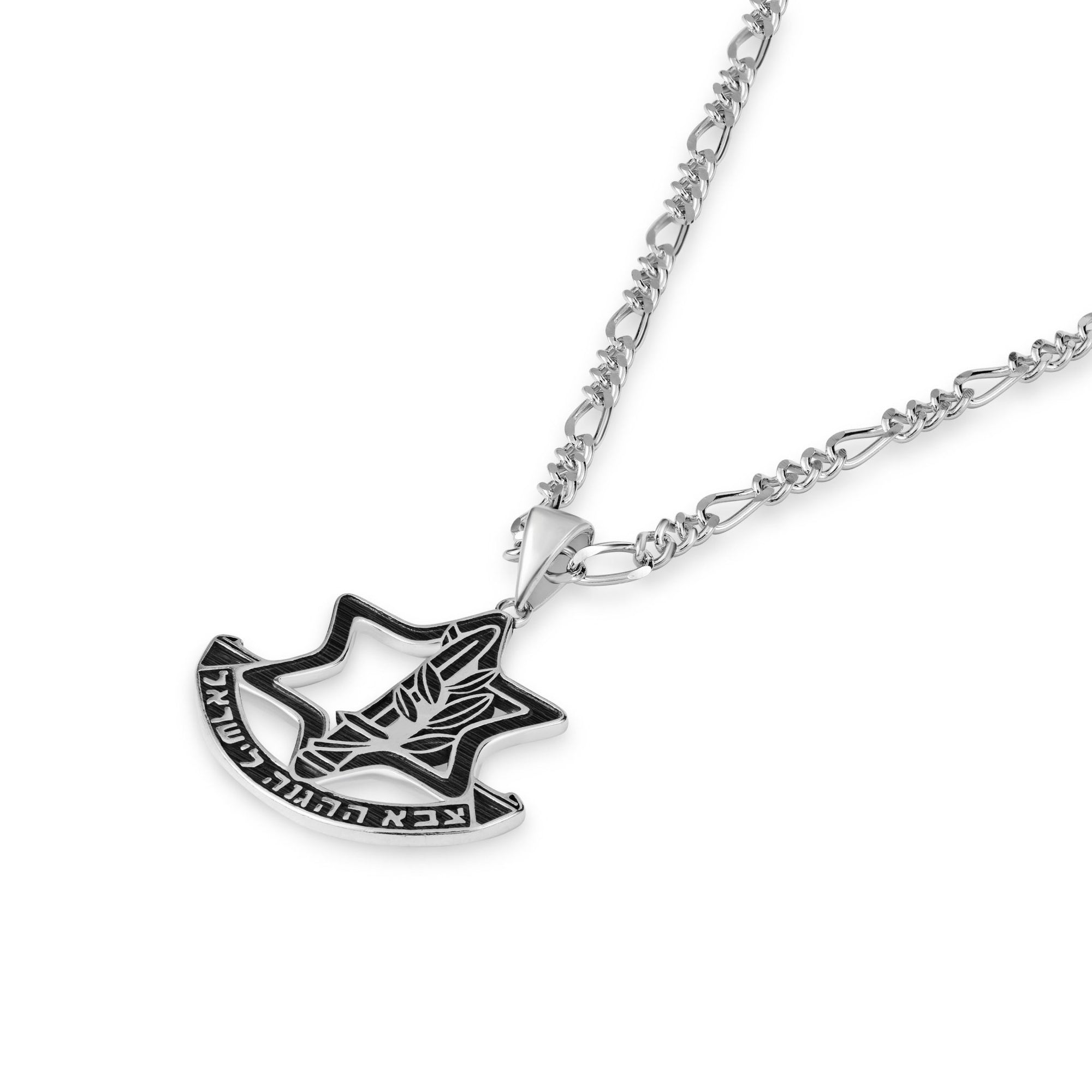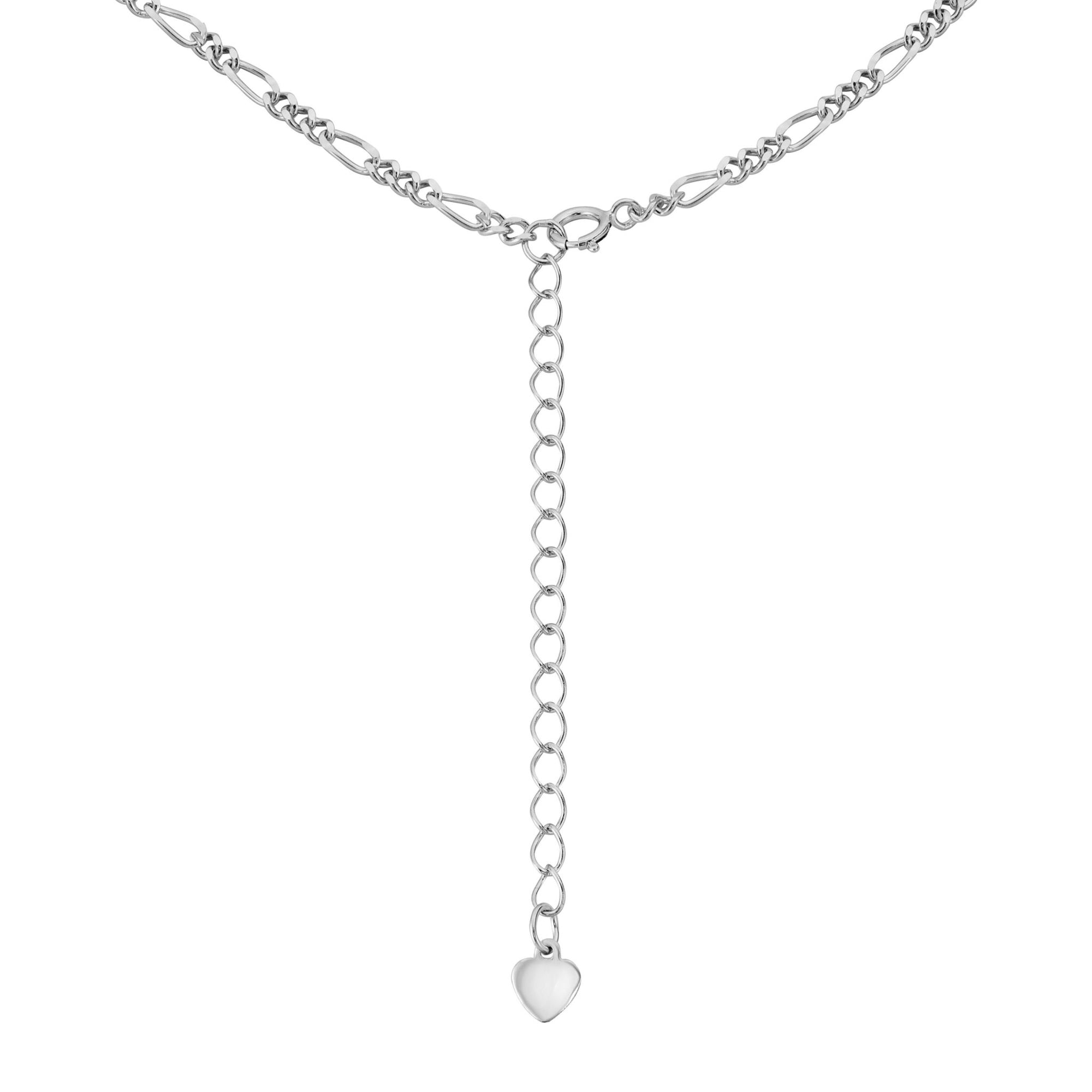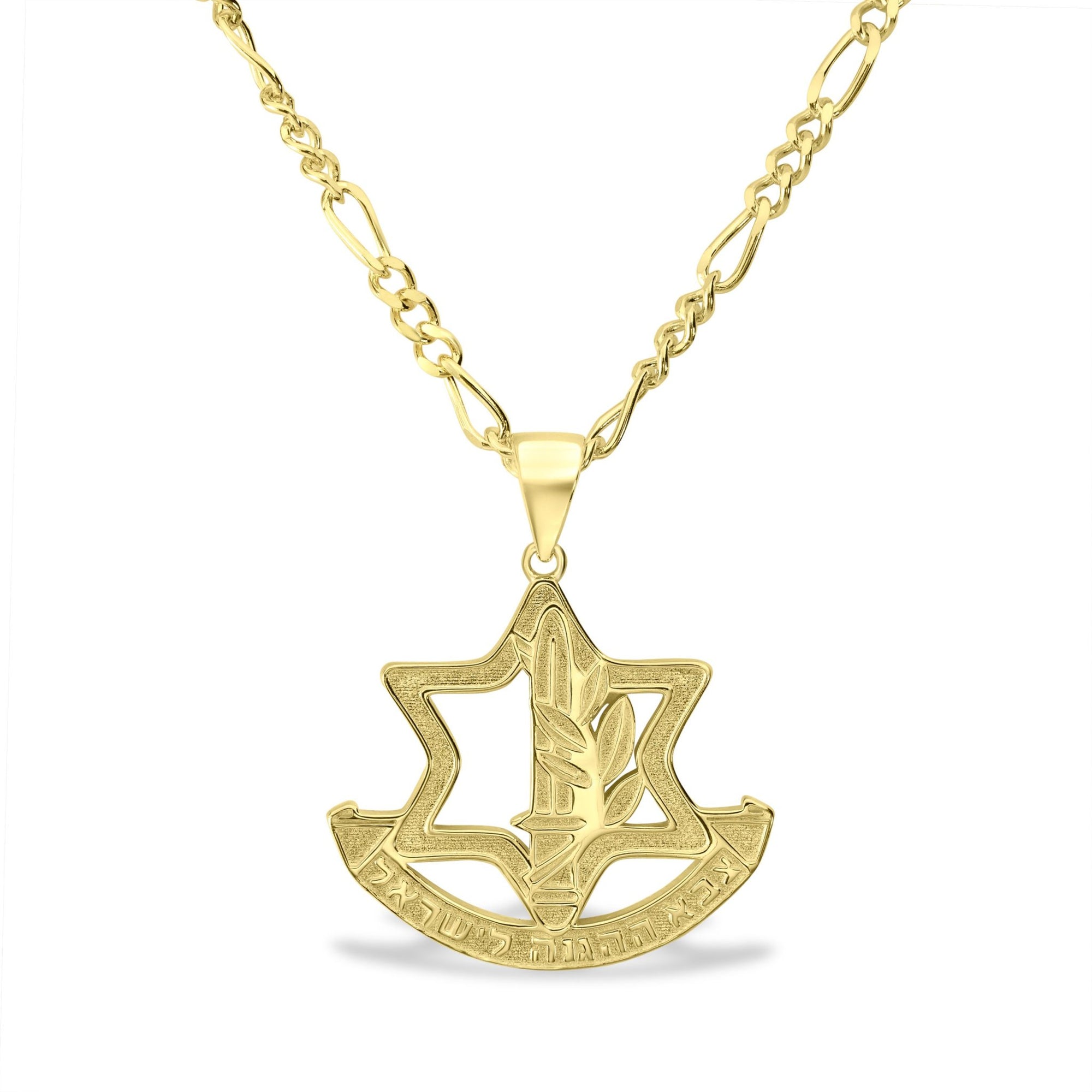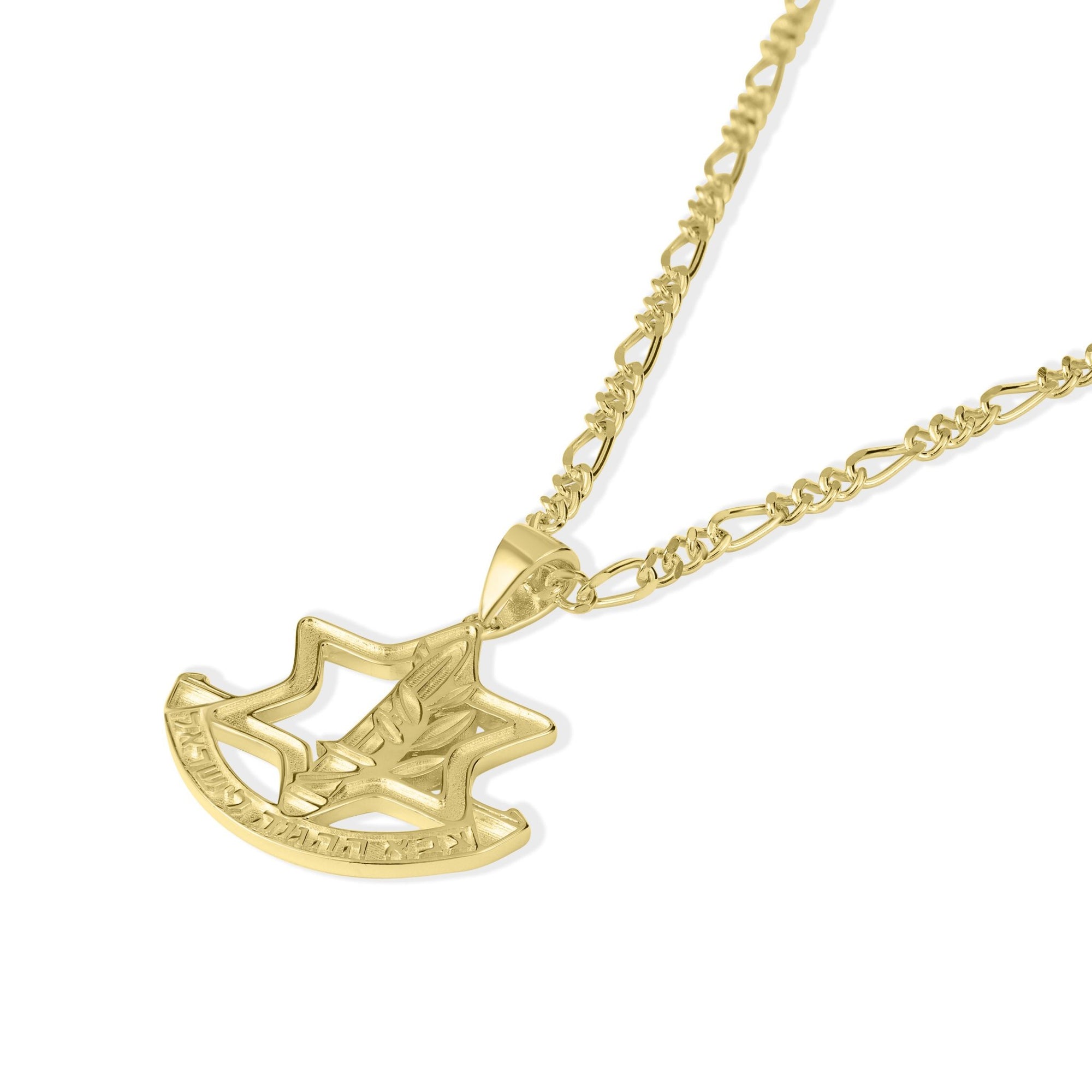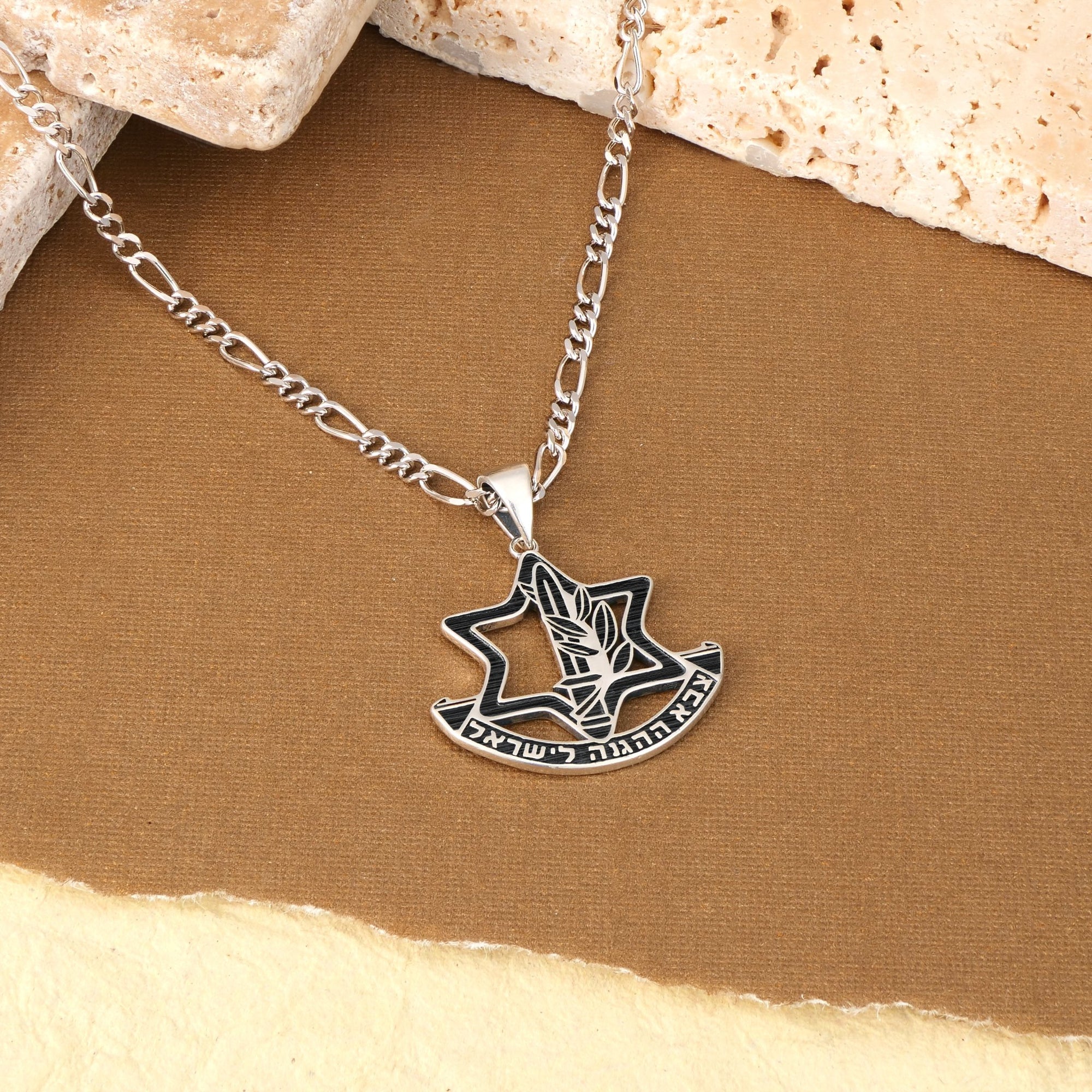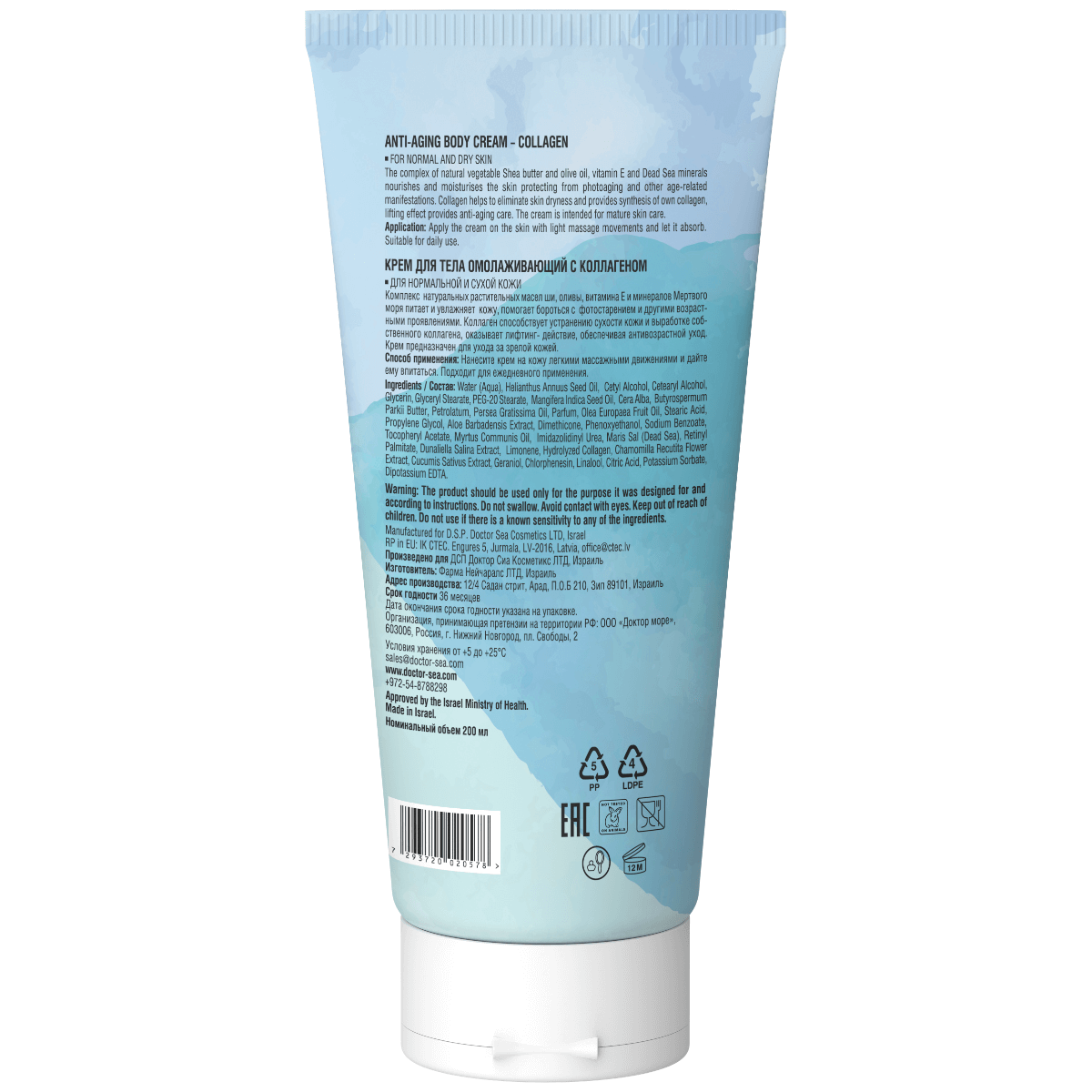A Visual Language of Identity and Peace
Fashion and clothing transcend mere aesthetics; they are powerful conveyors of cultural identity, political beliefs, and aspirations for peace. In the complex socio-political landscape of Israeli and Palestinian contexts, clothing serves as a profound medium of expression. This article explores Zionist clothing as fashion statements that promote peace and unity, examining their symbolism, cultural implications, and role in activism alongside parallel expressions in Palestinian solidarity fashion.
The Symbolism Behind Zionist Clothing and Its Cultural Roots
What is the significance and symbolism of Zionist clothing and fashion statements supporting Israel and Zionism?
Zionist clothing is more than just fashion; it embodies a deep cultural and political statement. These garments serve as visual representations of Jewish identity, heritage, and pride, especially in contexts advocating for Israel and Zionist principles.
Common symbols include the Star of David and the Israeli flag, which are frequently displayed on T-shirts, hoodies, and accessories. These symbols reflect a collective sense of belonging and support for Israel’s right to exist and flourish. Many designs also incorporate Hebrew words like "Shalom," meaning peace, further emphasizing spiritual and cultural connections.
The history behind these symbols extends back centuries. The Star of David, famously associated with Jewish identity, has religious origins dating back to ancient times. Today, it is a symbol of unity and resilience for Jews worldwide. The Israeli flag, with its blue stripes and star, echoes traditional Jewish prayer shawls (tallit), linking modern national identity with religious traditions.
Colors such as blue and white symbolize purity, divinity, and the divine covenant, echoing religious texts and ancient attire. Patterns and motifs on clothing often draw inspiration from tribal textiles and religious artifacts, reinforcing a sense of historical continuity.
In essence, Zionist fashion statements serve as powerful tools for cultural expression. They not only promote national pride but also foster solidarity among supporters of Israel. Wearing symbols like the Star of David or Israeli flags creates a visual narrative of shared history, spiritual devotion, and political support that bridges past and present.
Zionist Apparel as a Dynamic Form of Activism and Social Expression
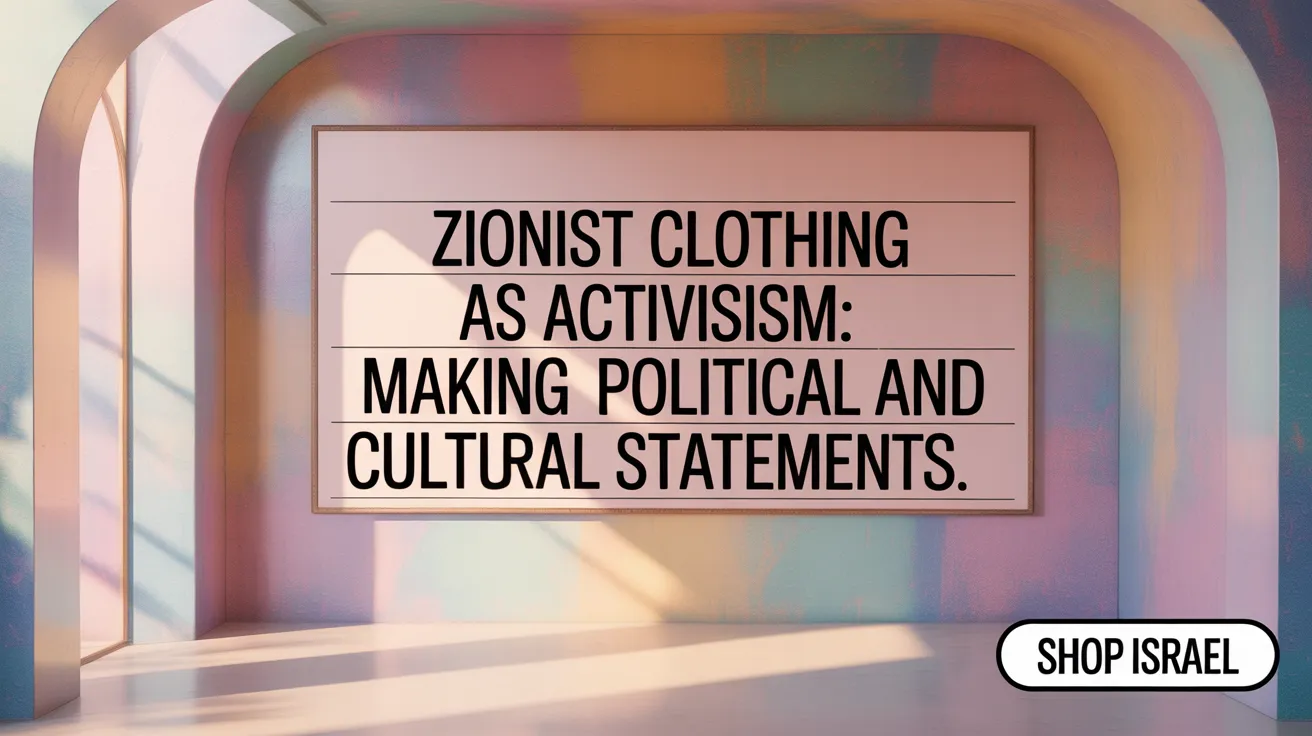
Zionist clothing serves as a vivid form of activism by visibly affirming Jewish identity, cultural roots, and support for the state of Israel. Items such as the classic Israeli Flag T-Shirt, adorned with the blue Star of David and stripes, symbolize 76 years of independence and resilience. Wearing these garments demonstrates solidarity and pride within Jewish communities and among supporters worldwide.
Beyond personal expression, Zionist apparel often challenges misconceptions about Israel and Judaism. For instance, supporting accessories like Star of David watches and Israeli-themed accessories, such as socks and phone cases, subtly promote awareness of Israel's heritage and sovereignty. These items act as conversation starters, encouraging dialogue about Israel’s history, culture, and political struggles.
This clothing also plays a role in reinforcing cultural pride and unity. Kids’ pro-Israel apparel helps instill a sense of belonging and identity from a young age. Similarly, Jerusalem-themed T-shirts depicting iconic sites like the Western Wall emphasize religious and cultural ties to the undivided capital of Israel.
In the context of social expression, these garments incorporate symbols and motifs rooted in religious and national significance. The use of traditional patterns, colors, and slogans like “Support Israel” fosters a sense of community and shared purpose. This visual language is especially powerful during rallies, such as those at universities or public demonstrations, where apparel becomes a form of peaceful protest and advocacy.
Overall, Zionist clothing acts as a subtle yet impactful tool to promote awareness, foster pride, and encourage dialogue about Israel and Jewish identity. It exemplifies how fashion can transcend aesthetics to become a platform for activism and social engagement.
Iconic Zionist Fashion Items: Symbols of Pride and Unity
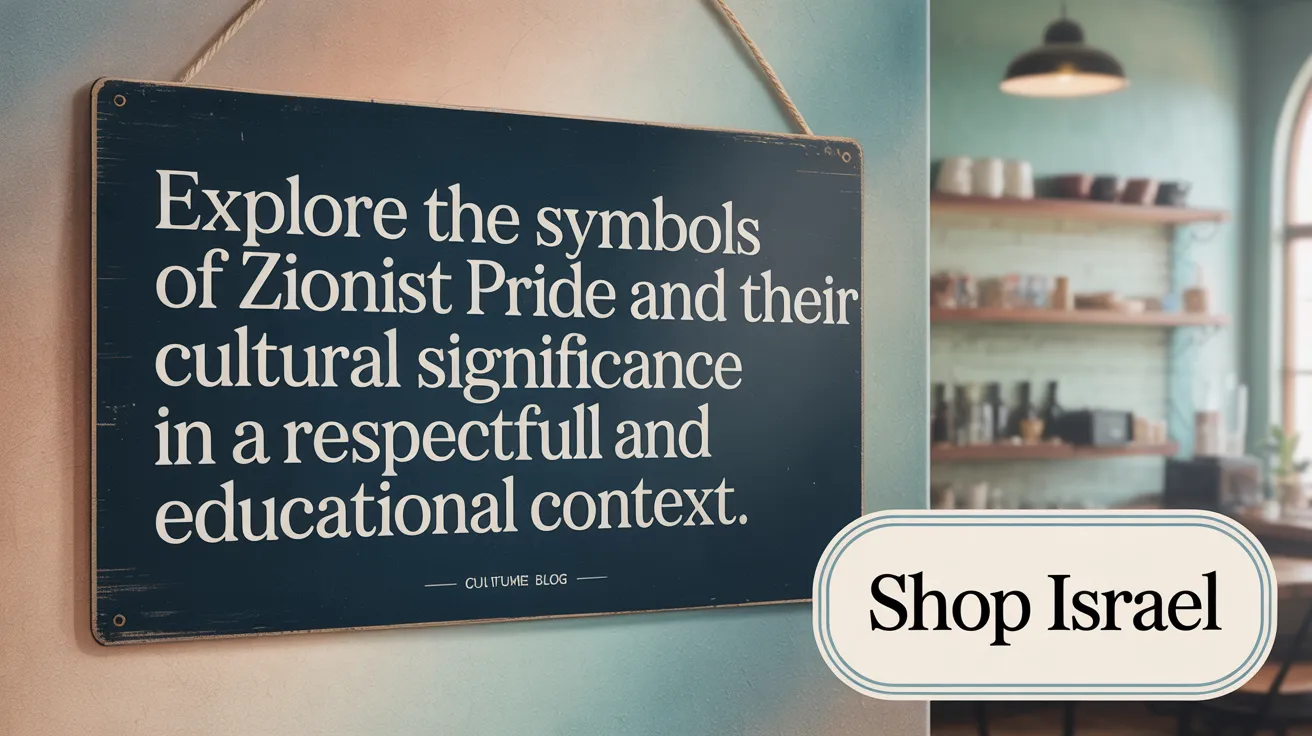
Israeli Flag T-shirts
The Israeli Flag T-shirt is a bold fashion statement that showcases support for Israel’s right to exist. It features the blue Star of David alongside stripes that symbolize 76 years of independence and resilience. Wearing this shirt demonstrates pride in Israel’s history and ongoing survival.
IDF-inspired apparel
Apparel inspired by the Israel Defense Forces, like T-shirts and hoodies, serve to honor Israel's defenders. These garments pay homage to the brave soldiers and their role in safeguarding the nation, allowing supporters to show solidarity through everyday fashion.
Star of David accessories
Accessories such as the Star of David watch and phone cases let supporters carry symbols of their heritage everywhere. They merge style with cultural connection, emphasizing the enduring faith and identity of the Jewish people.
Prayer and heritage symbolism
Hats emblazoned with 'Shalom' promote support rooted in faith and tradition. Jerusalem-themed T-shirts featuring images like the Western Wall highlight the city’s significance as Israel’s undivided capital. This apparel celebrates religious heritage and national pride.
| Item Type | Symbol/Design | Purpose | Additional Details |
|---|---|---|---|
| T-shirts | Israeli flag, Jerusalem | Display national pride | Often used in rallies and casual wear |
| Hoodies | 'I Am A Friend of Israel' | Show support and solidarity | Popular among supporters of Israel |
| Accessories | Star of David, 'Shalom' | Merge faith and style | Designed for daily use and political expression |
| Beach Towels | Star of David, Israeli flag | Support from head to toe | Suitable for beach or pool |
These fashion items highlight how style can be a powerful platform for expressing pride and unity with Israel. By wearing these symbols, supporters demonstrate their connection and advocate for their cause through everyday fashion choices.
Clothing as a Vehicle for Political, Cultural, and Peace-Oriented Expression
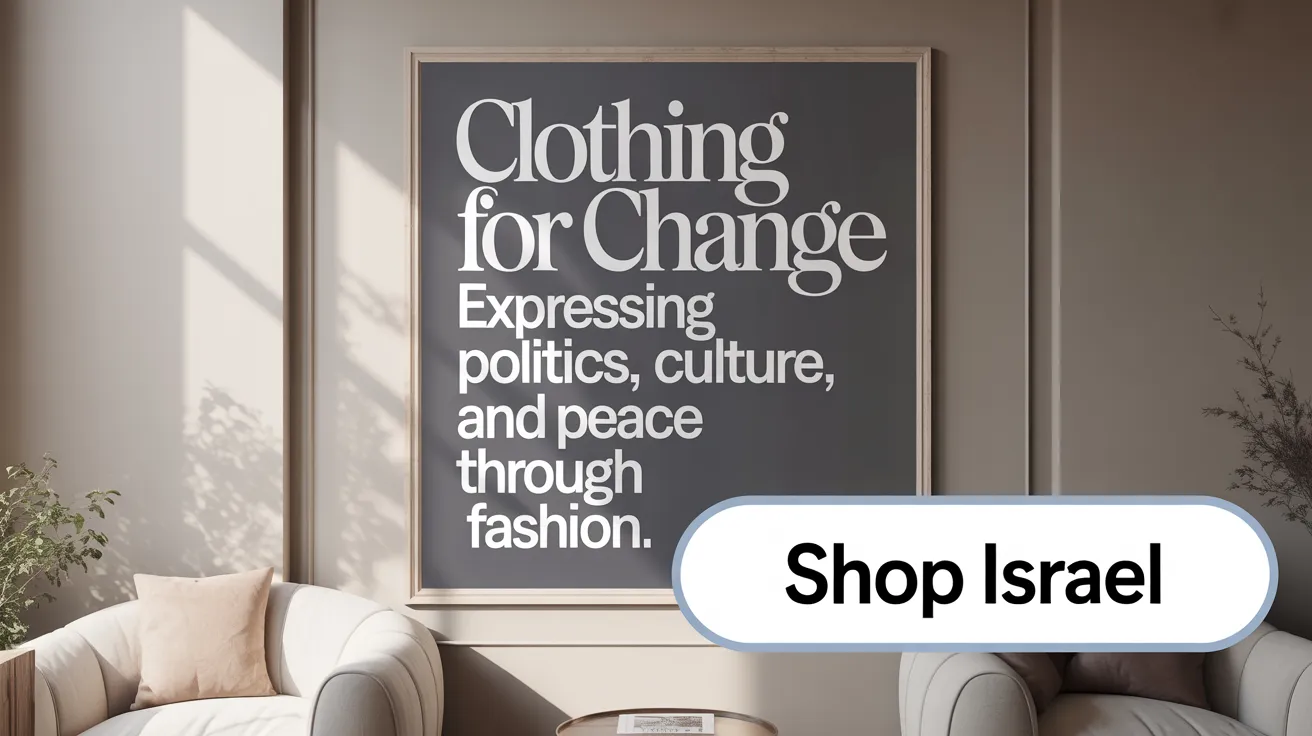
Clothing plays a significant role in activism by serving as a visible platform to express political views, cultural identity, and aspirations for peace. Supporters of Israel and Palestine utilize apparel and accessories to communicate their affiliations, beliefs, and calls for justice.
For example, iconic Israeli symbols like the blue Star of David T-shirt and Jerusalem-themed shirts highlight national pride and support for Israel’s sovereignty. Accessories such as the Star of David watch or phone cases embed cultural and religious symbolism in daily life, fostering a sense of connection and solidarity.
On the Palestinian side, fashion items such as keffiyeh scarves and watermelon-themed banners have historically been used in protests to symbolize resistance and cultural pride. Celebrities and activists often wear keffiyeh-inspired clothing and accessories during major events, transforming fashion into statements of solidarity. These symbols are further amplified through public figures—like Bella Hadid or Billie Eilish—who adopt these styles to raise awareness on Palestine.
Throughout history, clothing has served as a form of identity and resistance. During the first intifada, Palestinians incorporated the colors of their flag into clothing as a form of silent protest. Today, fashion continues to be a powerful tool for marginalized groups and activists seeking to challenge oppressive systems, promote social justice, and advocate for peace.
Clothing is not only a medium for political expression but also empowers individuals and communities. By wearing specific symbols or slogans, marginalized groups assert their presence and resilience. Fashion and art are thus instrumental in shaping narratives around identity, resistance, and hope.
| Aspect | Examples and Symbols | Impact on Activism |
|---|---|---|
| National Identity | Israeli flag T-shirts, Jerusalem flags, Hebrew caps | Promote pride, awareness, and cultural connection |
| Resistance and Solidarity | Keffiyeh, Palestinian flag colors, 'Free Palestine' slogans | Show defiance and unity |
| Celebrity Support | Bella Hadid’s keffiyeh dress, Cate Blanchett’s gown with Palestinian symbols | Raise global awareness and support |
| Historical Symbols | Palestinian flag colors, first intifada clothing styles | Embody resilience and cultural history |
Fashion remains a potent tool to bridge cultural divides, express political beliefs, and promote peace. Whether through supportive apparel or resistance symbols, clothing continues to be a powerful language in social justice movements.
Fashion and Art as Expressions of Palestinian Solidarity and Resistance
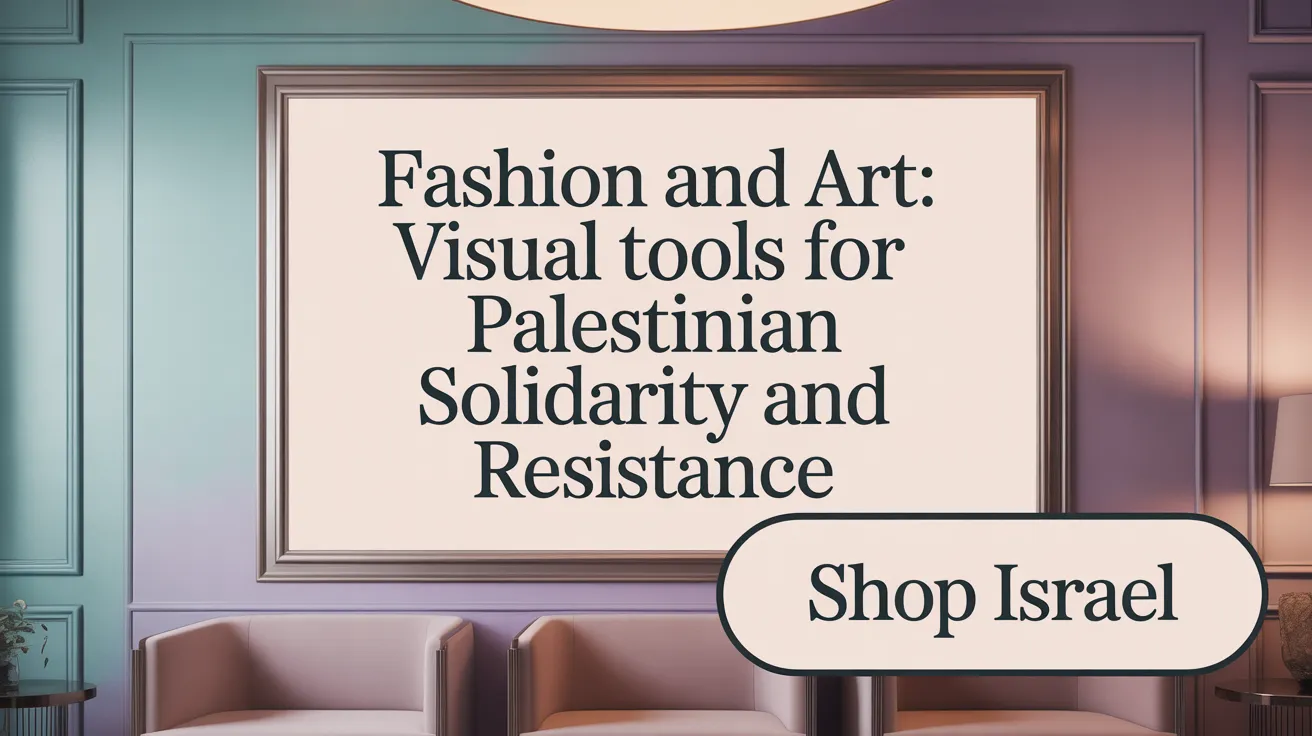
How is fashion used for Palestinian solidarity and political messaging?
Fashion plays a vital role in expressing Palestinian identity, resistance, and solidarity globally. It serves as a visual language that communicates political messages without words.
One of the most iconic symbols in Palestinian fashion is the keffiyeh, a traditional checkered scarf that has become a universal emblem of Palestinian resistance. Worn at protests and by celebrities, the keffiyeh signifies solidarity with Palestinian struggles. It embodies resilience and cultural pride, often seen in political rallies, social media campaigns, and in high fashion.
Palestinian flag colors—red, black, white, and green—are widely incorporated into clothing and accessories to visibly demonstrate support. These colors are embedded in garments, from t-shirts to traditional embroidery, creating a colorful statement of political stance. Traditional embroidery, known as tatreez, adds an authentic cultural layer. Artists and artisans incorporate this intricate needlework into scarves, bags, and garments, emphasizing heritage and resistance.
Celebrity involvement further amplifies Palestinian themes in fashion. Celebrities like Bella Hadid and actors such as Billie Eilish have worn keffiyehs, Palestinian flag-inspired dresses, and accessories bearing slogans like 'Free Palestine'. These public displays of support challenge mainstream perceptions and draw international attention.
Organizations dedicated to Palestinian activism actively promote fashion and art as tools for change. They organize artisans’ markets, produce politically inspired collections, and use fashion shows to highlight Palestinian culture and struggles. Art and fashion combine in protest banners like the 'Keffiyeh and Watermelon', a symbol of Palestinian solidarity, used during demonstrations.
In conclusion, fashion and art serve as powerful mediums for Palestinian women, men, and artists to express resilience, cultural pride, and resistance. From traditional embroidery to celebrity-led activism, these visual tools foster awareness, challenge narratives, and preserve heritage, making political messaging both accessible and impactful.
Cultural and Political Dimensions of Zionist Fashion in Contemporary Contexts
How do cultural and political implications shape the representation of Zionist clothing in fashion and art?
The way Zionist clothing is portrayed in fashion and art is deeply influenced by cultural and political factors. These representations often carry messages of national pride, sovereignty, and resilience, reflecting a collective desire to affirm Jewish identity and history.
Traditional symbols such as the Star of David, stripes resembling the Israeli flag, and other national motifs are common in Zionist apparel. They serve as visual expressions of solidarity and the claim to a Jewish homeland. Wearing these symbols can be a form of resistance, especially in contexts where Jewish identity is under threat or marginalization.
However, these cultural symbols are not without controversy. When associated with nationalist or colonial narratives, their use can provoke debates about cultural ownership and political tone. Some critics argue that certain displays of Zionist symbols may unintentionally reinforce conflicts or historical grievances.
Artists and fashion designers navigate these complexities by blending traditional elements with contemporary art. This fusion helps communicate messages of resilience and unity while fostering dialogue about identity and politics. For example, incorporating Israeli flags or symbols into clothing can evoke pride, but may also be seen as provocative depending on the context.
In contrast, Palestinian cultural expressions often focus on symbols of resistance, such as the keffiyeh scarf and the colors of the Palestinian flag. These are used in political protests, fashion, and art to symbolize steadfastness amid occupation.
Overall, clothing and art serve as powerful tools for political messaging. They shape perceptions across different communities and contribute to ongoing debates over sovereignty, cultural ownership, and identity within the Israeli-Palestinian conflict. By embedding political meanings into fashion, individuals and groups express support or resistance, making clothing an active participant in cultural and political discourse.
The Role of Education and Scholarship in Understanding Zionist Clothing
What educational and scholarly perspectives exist on Zionist clothing and its symbolism in promoting peace and unity?
Academic research sheds light on how Zionist clothing functions as a form of visual communication that embodies identity, history, and political aspirations. Scholars argue that traditional items such as the blue and white garments, or symbols like the Star of David, serve not just as cultural markers but also as badges of resilience and community strength.
Many studies focus on how these garments and symbols foster a sense of belonging among Jewish communities worldwide. They see Zionist clothing as a peaceful form of activism that can bridge divides and encourage dialogue about coexistence and mutual understanding.
Furthermore, the evolution of Zionist attire reflects broader shifts in ideological perspectives. Early symbols rooted in biblical traditions have expanded to include more secular or religious expressions, echoing changes within the movement itself.
Through this lens, educators use Zionist clothing to teach about history, nationalism, and the importance of cultural resilience. The clothing acts as a nonverbal language, conveying complex stories and hopes for peace, making it a vital component in discussions about identity and coexistence.
| Perspective | Focus | Significance |
|---|---|---|
| Cultural Heritage | Tradition and history | Reinforces community bonds |
| Political Identity | Resilience and unity | Acts as peaceful activism |
| Social Evolution | Changing narratives | Reflects ideological shifts |
In essence, scholars view Zionist clothing as more than fabric—it is a rich tapestry of history, identity, and aspirations for peace. It provides a powerful educational tool for understanding not only the Jewish experience but also ongoing dialogues around coexistence and mutual respect.
Wearing Solidarity: The Impact of Zionist and Palestinian Fashion on Global Perceptions

How does fashion raise awareness about political causes?
Fashion is more than just style; it serves as a powerful tool for activism and cultural expression. Zionist apparel, such as T-shirts, hoodies, and accessories like the Star of David watch or Jerusalem-themed shirts, symbolically promote Israel's existence and pride. Similarly, Palestinian communities employ fashion items like keffiyehs and clothing with Palestinian flag colors to express resistance and identity.
This visual language helps foster dialogue and understanding by making political messages accessible and personal. For example, supporting Israel through apparel and accessories allows advocates to wear their beliefs openly, while Palestinian symbols on clothing and accessories resonate with those seeking to highlight issues of resistance and rights.
What role do celebrities play in shaping perceptions?
Celebrity endorsements significantly influence how political fashion is perceived worldwide. High-profile figures like Bella Hadid and Cate Blanchett have worn keffiyeh-inspired designs and flag-themed clothing to raise awareness about Palestine. Their choices at major events like the Cannes Film Festival or the Oscars garner media attention, amplifying the messages.
Some actors and artists, including Billie Eilish and Riz Ahmed, have used pins, clothing, and statements during public appearances to support Palestinian rights. These acts turn fashion into a statement of solidarity, broadcasting political stances to millions.
How does fashion foster dialogue between opposing views?
Fashion acts as a bridge, encouraging conversations about complex issues. While Zionist symbols praise Israel and its achievements, Palestinian symbols highlight struggles and resistance. Both serve as visual representations of ongoing conflicts but also open pathways for discussion.
Organizations involved in this space, like the Australian Friends of Palestine, promote peace through the creative use of apparel and accessories. By choosing to wear or display these symbols, individuals participate in a global dialogue—either advocating for support, understanding, or peace.
| Aspect | Zionist Support | Palestinian Support | Examples |
|---|---|---|---|
| Symbols | Star of David, Jerusalem imagery, Israeli flags | Keideos, Palestinian flag colors, 'Free Palestine' slogans | Star of David T-shirts, keffiyeh scarves |
| Celebrities | Bella Hadid, Cate Blanchett | Billie Eilish, Riz Ahmed | Red carpet appearances, social media posts |
| Purpose | Pride, identity, awareness | Resistance, cultural pride | Fashion statements at festivals, protests |
Fashion continues to be a dynamic platform that influences perceptions, fostering understanding and dialogue across divides.
Fashion as a Bridge Towards Peace and Understanding
Zionist clothing, rooted in deep symbolism and cultural heritage, stands as a compelling form of expression that promotes identity, unity, and peaceful activism. Alongside Palestinian fashion and artistic expressions, these sartorial choices communicate powerful political and cultural messages that resonate locally and globally. Fashion transcends barriers—it becomes a language that fosters dialogue amidst conflict, challenges perceptions, and encourages solidarity. Understanding the nuanced narratives embedded in Zionist clothing and related fashion movements offers valuable insights into how apparel can be an agent of peace, cultural pride, and social change in one of the most complex regions in the world.
References
- Support For Israel With What You Wear - 10 Powerful Ways ...
- Fashioned for Activism: The role of art in Pro-Palestinian ...
- Power Dressing: The Celebrities Showing Solidarity With ...
- Fashioned for Activism: The role of art in Pro-Palestinian ...
- The Enduring Trajectory of Jewish Fashion
- Clothing of Ancient Israel
- What dress codes reveal about politics, social change
- The Politics of Dressing: Clothing as Protest and Power
- How Social Movements & Activism Influenced Fashion?



